International Journal of Modern Nonlinear Theory and Application
Vol.2 No.4(2013), Article ID:40276,10 pages DOI:10.4236/ijmnta.2013.24029
The Global and Pullback Attractors for a Strongly Damped Wave Equation with Delays*
1Department of Mathematics, Yunnan University, Kunming, China
2School of Mathematics and Science, Kaili University, Kaili, China
Email: gglin@ynu.edu.cn, #xuguigui586@163.com
Copyright © 2013 Guoguang Lin et al. This is an open access article distributed under the Creative Commons Attribution License, which permits unrestricted use, distribution, and reproduction in any medium, provided the original work is properly cited.
Received October 13, 2013; revised November 13, 2013; accepted November 21, 2013
Keywords: Strongly Damped; Pullback Attractor; Global Attractor; Delays
ABSTRACT
In this paper, we study the global and pullback attractors for a strongly damped wave equation with delays when the force term belongs to different space. The results following from the solution generate a compact set.
1. Introduction
Let 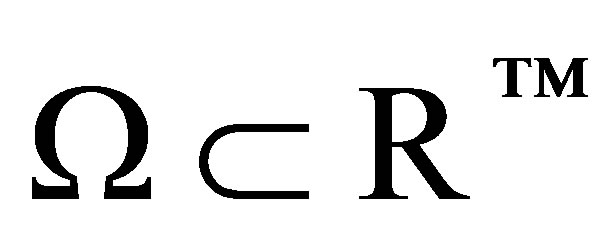 be a bounded domain with smooth boundary
be a bounded domain with smooth boundary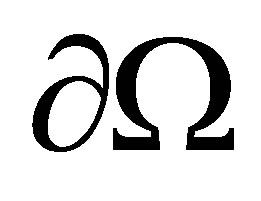 , we study the following initial boundary value problem
, we study the following initial boundary value problem
 (1.1)
(1.1)
where 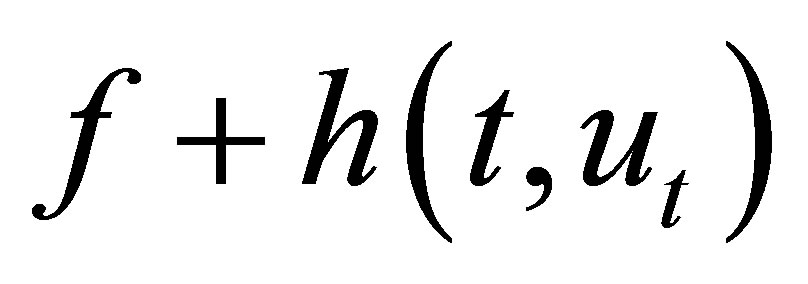 is the source intensity which may depend on the history of the solution,
is the source intensity which may depend on the history of the solution,  are the positive constants,
are the positive constants,  is the initial value on the interval
is the initial value on the interval  where
where , and
, and 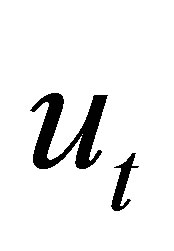 is defined for
is defined for 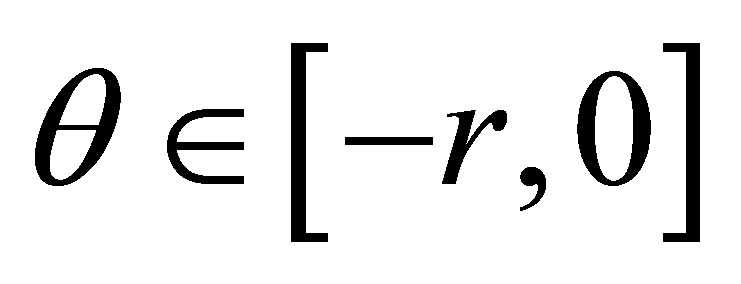 as
as . The assumption on
. The assumption on 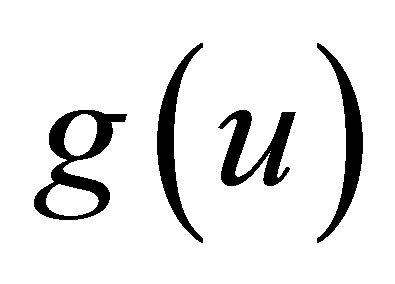 and
and 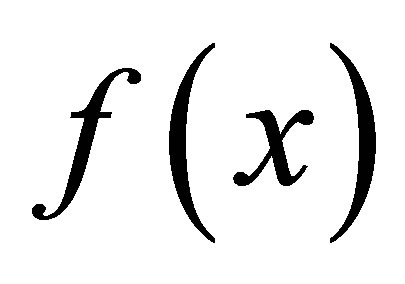 will be specified later.
will be specified later.
It is well known that the long time behavior of many dynamical system generated by evolution equations can be described naturally in term of attractors of corresponding semigroups. Attractor is a basic concept in the study of the asymptotic behavior of solutions for the nonlinear evolution equations with various dissipation. There have been many researches on the long-time behavior of solutions to the nonlinear damped wave equations with delays. The existence of random attractors has been investigated by many authors, see, e.g., [1-4]. A new type of attractor, called a pullback attractor, was proposed and investigated for non-autonomous or these random dynamical systems. The pullback attractor describing this attractors to a component subset for a fixed parameter value is achieved by starting progressively earlier in time, that is, at parameter values that are carried forward to the fixed value. see [5-20]. However, to our knowledge, in the case of functional differential equations of second order in time, there is only partial results.
Recently, In [5], some results on pullback and forward attractor for the following strongly damped wave equation with delays
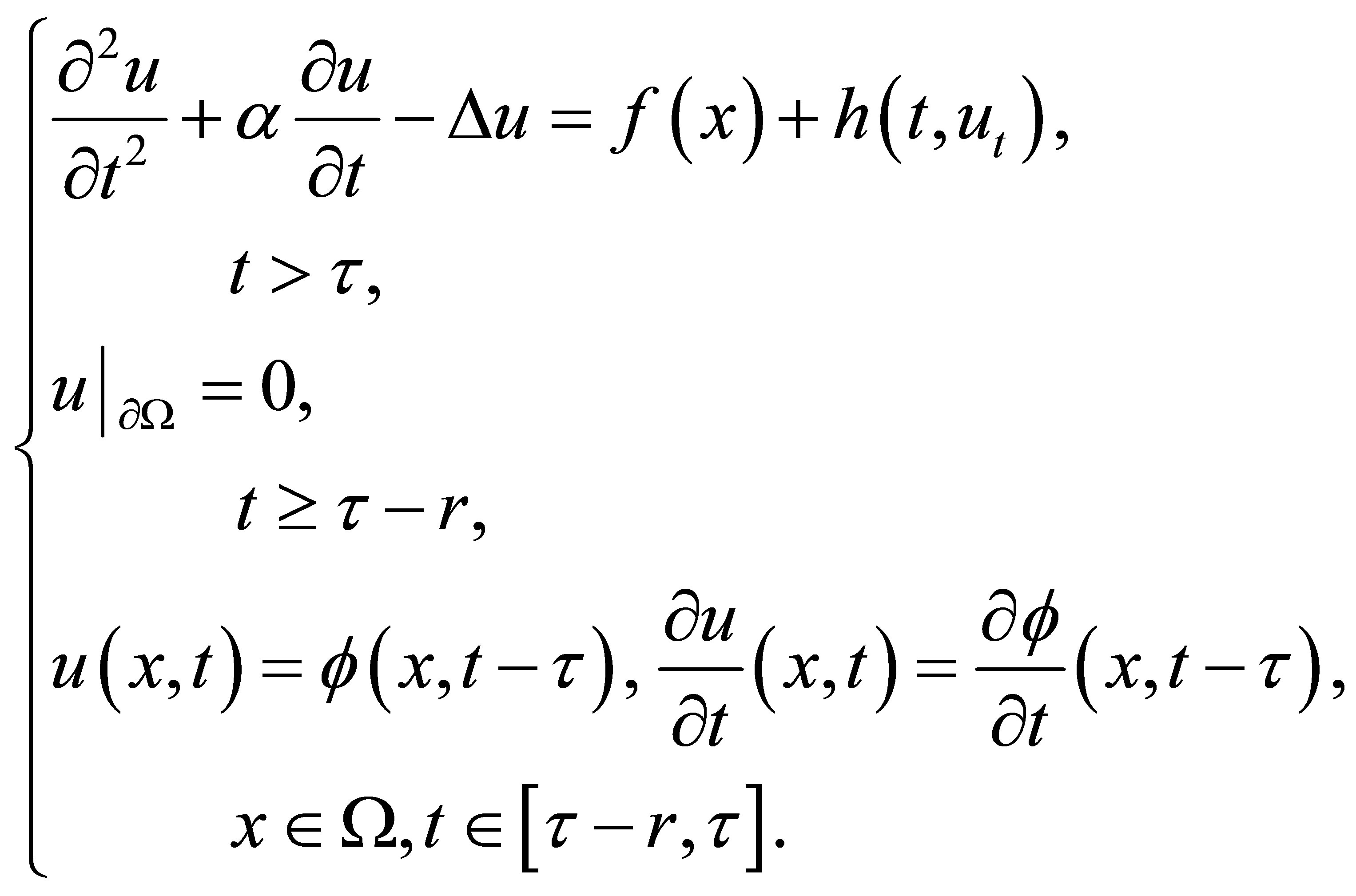
have been analyzed.
In this work, first, we apply the means in [3] to provide the existence of global attractor, for the dynamical system generated by the initial value problem (1.1). The key is to deal with the nonlinear terms and the delay term is difficult to be handled, so we aimed at showing that it is dissipative and the solution is bounded and continuous with respect to initial value. Hence we can discover the global attractor. Then, we aim to obtain the pullback attractor. The technology we use is introduced in [1], that is, we divide the semigroup into two: the one is asymptotically close to 0, while the other is uniformly compact, so we can get the pullback attractor.
Now, we state the general assumptions for problem (1.1) on  and
and .
.
Let , then there exist positive constants
, then there exist positive constants  such that the followings hold true
such that the followings hold true
(G1).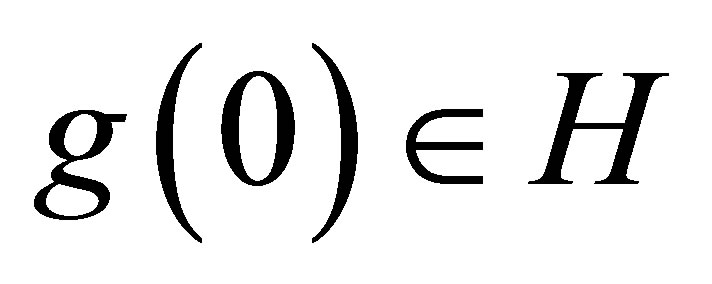 ;
;
(G2).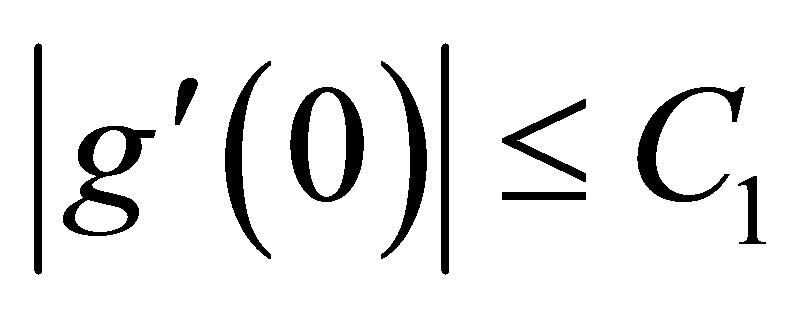 ;
;
(G3). ;
;
(G4). ;
;
(G5). ;
;
(G6). ;
;
(G7). .
.
For any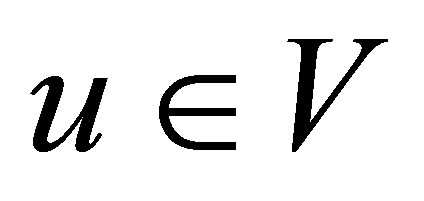 , set
, set , by
, by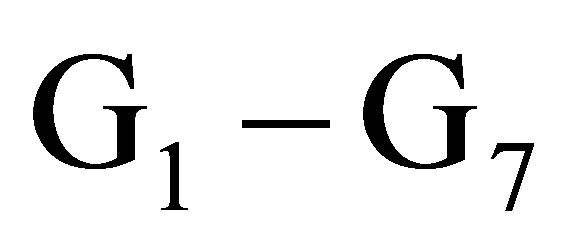 , there are
, there are  and
and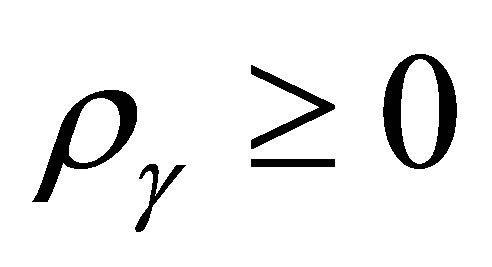 , for any
, for any , we have
, we have
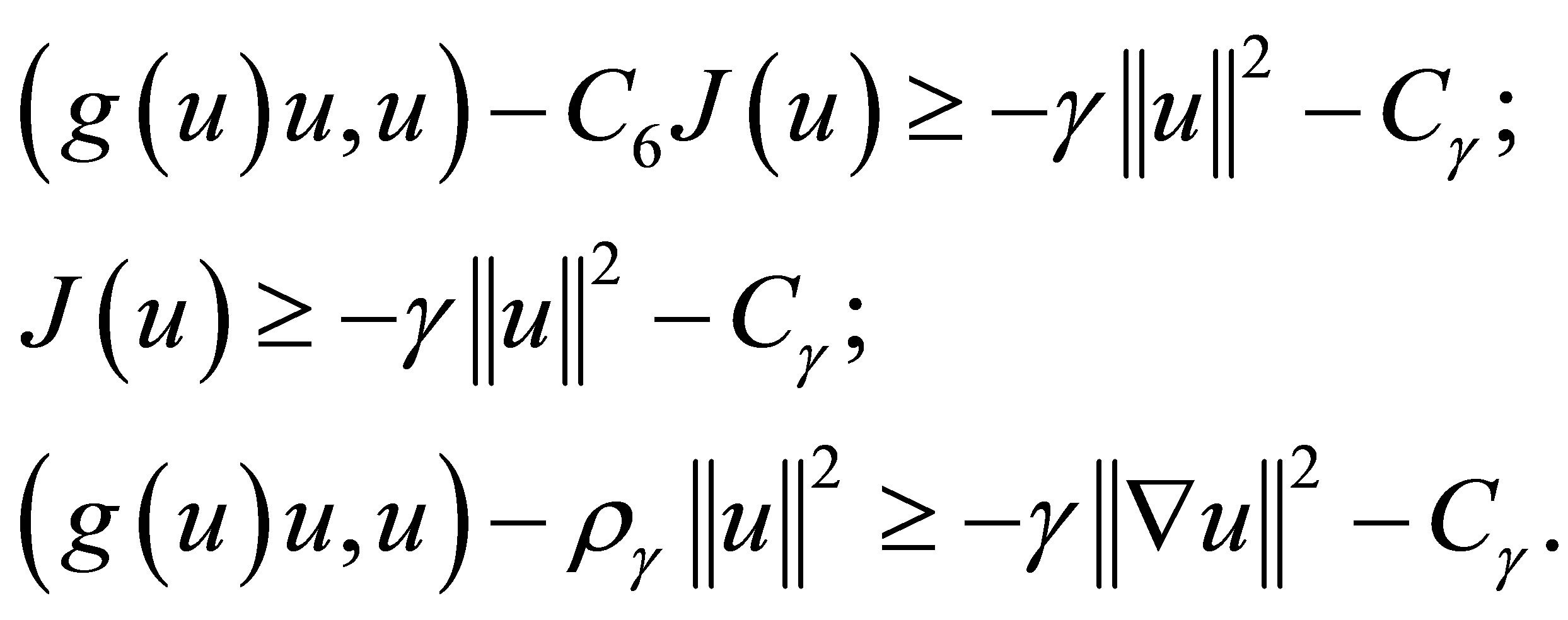
H1.  is continuous;
is continuous;
H2. ;
;
H3. 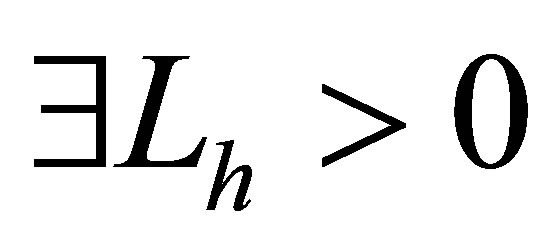 such that
such that 

H4.  such that
such that


H5. , and there exists
, and there exists 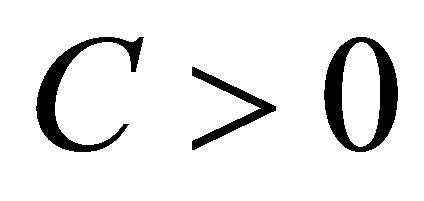 such that, for any
such that, for any , the Frechet derivative
, the Frechet derivative  satisfies
satisfies

The rest of this paper is organized as follows. In Section 2, we introduce basic concepts concerning global and pullback attractor. In Section 3, we obtain the existence of the global attractor. In Section 4, we obtain the existence of the pullback attractor.
2. Preliminaries
In this section,firstly, we recall some basic concepts about the global attractor.
Definition 2.1 ([3]) Let 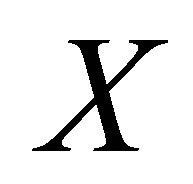 be a Banach space and
be a Banach space and
 be a family of operators on
be a family of operators on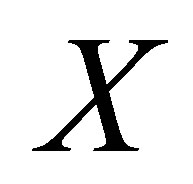 . We say that
. We say that 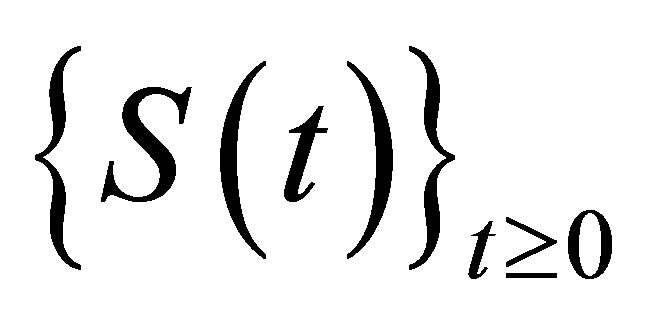 is norm-to-weak continuous semigroup on
is norm-to-weak continuous semigroup on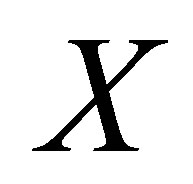 , if
, if 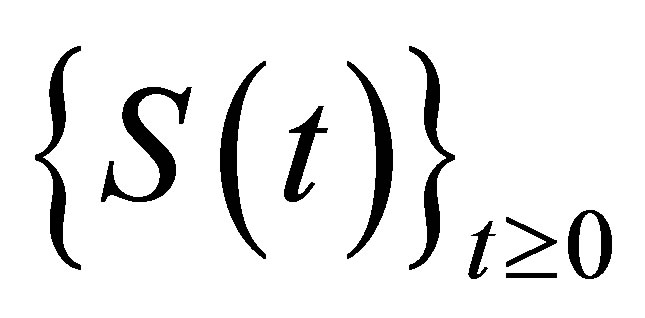 satisfies:
satisfies:
[1)] ;
;
[2)] ;
;
[3)]  if
if 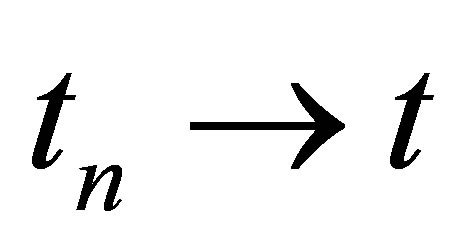 and
and 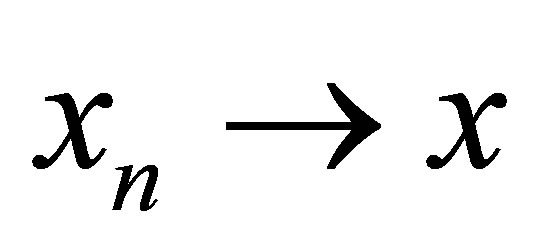 in
in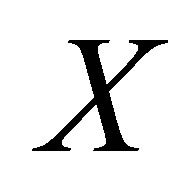 .
.
 The strong continuous semigroup and the weak semigroup are both the norm-to-weak continuous
The strong continuous semigroup and the weak semigroup are both the norm-to-weak continuous
Definition 2.2 ([3]) The semigroup 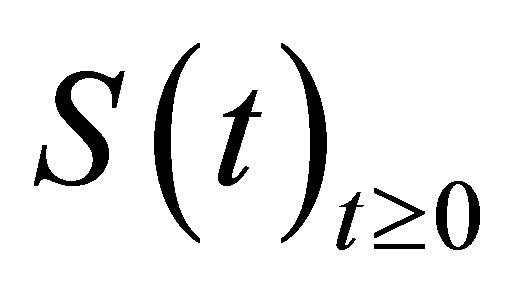 is called satisfying Condition (C) in
is called satisfying Condition (C) in 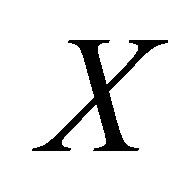 if and only if for any bounded set
if and only if for any bounded set  of
of  and for any
and for any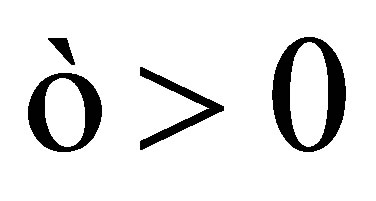 , there exist a positive constant
, there exist a positive constant  and a finite dimensional subspace
and a finite dimensional subspace  of X, such that
of X, such that  is bounded and
is bounded and

where  is the canonical projector.
is the canonical projector.
Lemma 2.1 ([3]) Let 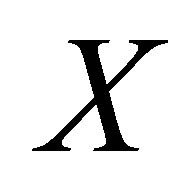 be a Banach space and
be a Banach space and
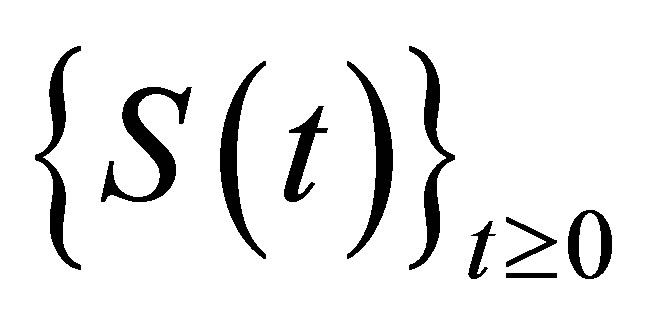 be a norm-to-weak continuous semigroup on
be a norm-to-weak continuous semigroup on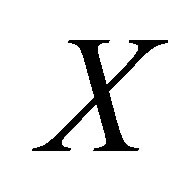 . Then
. Then  has a global attractor in
has a global attractor in 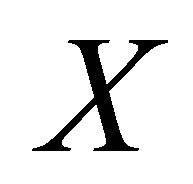
provided that the following conditions hold:
1)  has a bounded absorbing set
has a bounded absorbing set 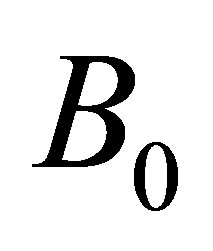 in
in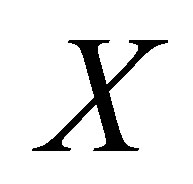 ;
;
2)  satisfies Condition (C) in
satisfies Condition (C) in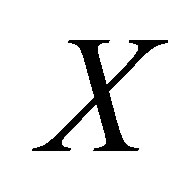 .
.
Then, we state the concepts and some result about the process and the pullback attractor.
Instead of a family of the one-parameter map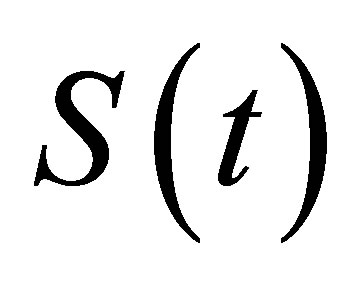 , we need to use a two-parameter semigroup or process
, we need to use a two-parameter semigroup or process 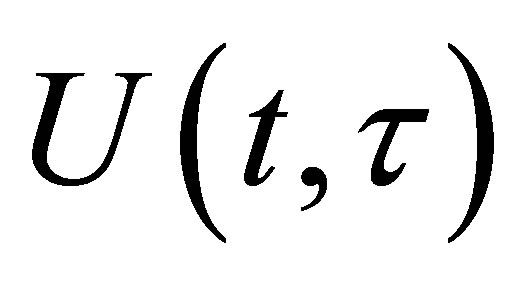 on the complete metric space
on the complete metric space ,
, 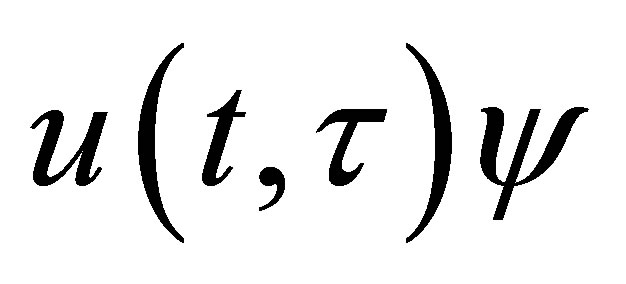 denotes the value of the solution at time
denotes the value of the solution at time  which was equal to the initial value
which was equal to the initial value  at time
at time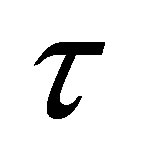 .
.
The semigroup property is replaced by the process composition property

and, obviously, the initial condition implies .
.
Definition 2.3 Let  be the two-parameter semigroup or process on the complete metric space
be the two-parameter semigroup or process on the complete metric space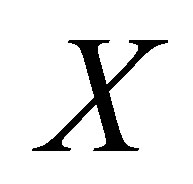 . A family of compact set
. A family of compact set  is said to be a pullback attractor for
is said to be a pullback attractor for 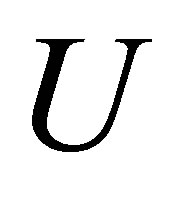 if, for all
if, for all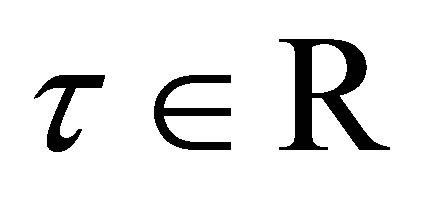 , it satisfies
, it satisfies
[1)]  for all
for all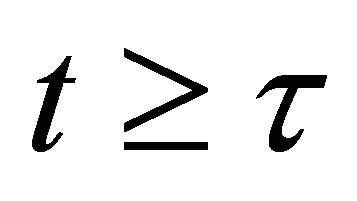 , and
, and
[2)] , for all bounded
, for all bounded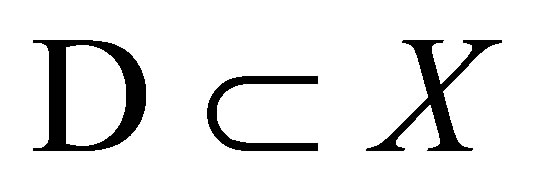 , and all
, and all .
.
Definition 2.4 The family 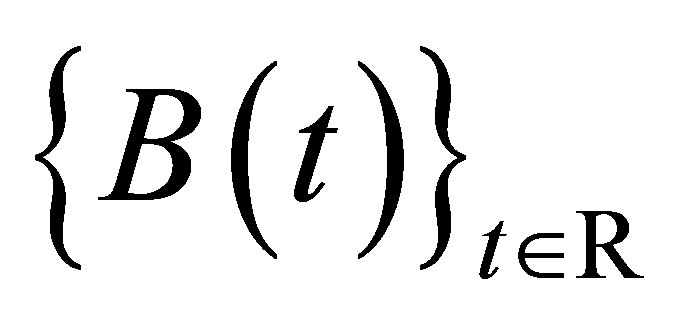 is said to be
is said to be
1) pullback absorbing with respect to the process , if for all
, if for all  and all bounded
and all bounded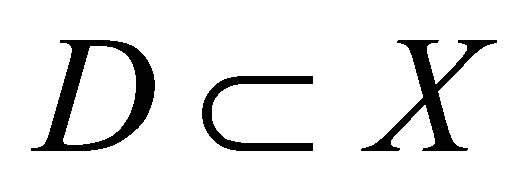 , there exists
, there exists 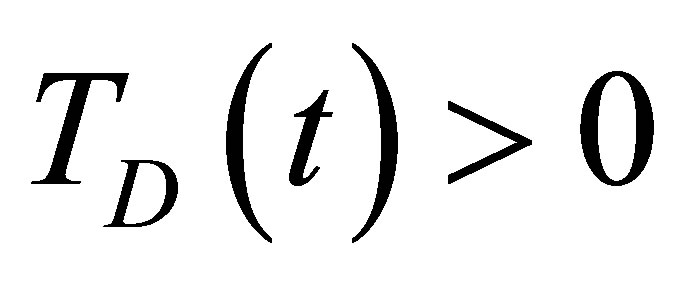 such that
such that  for all
for all ;
;
2) pullback attracting with respect to the process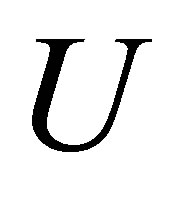 , if for all
, if for all , all bounded
, all bounded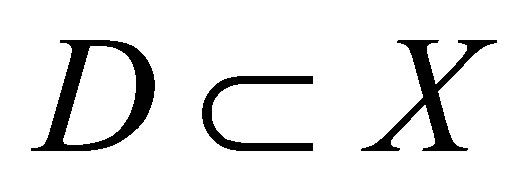 , and all
, and all , there exists
, there exists 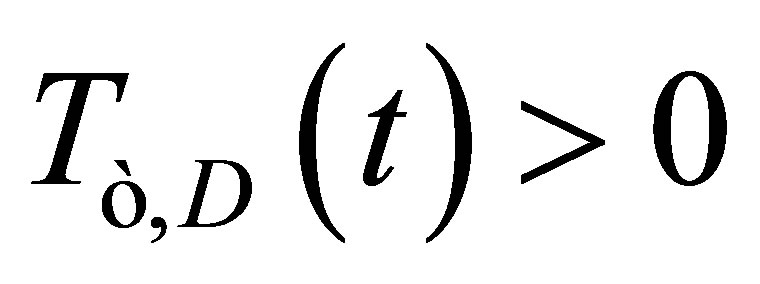 such that for all
such that for all 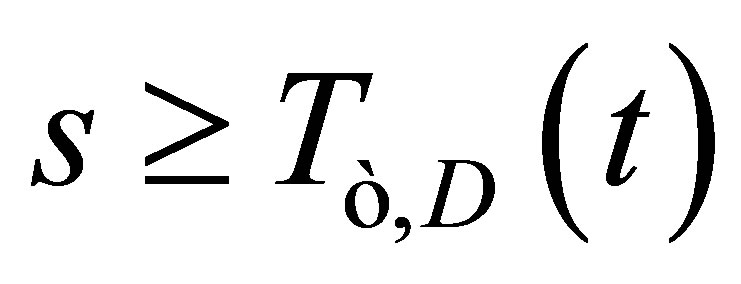

3) pullback uniformly absorbing (respectively uniformly attracting) if  in pact (a) (respectively
in pact (a) (respectively 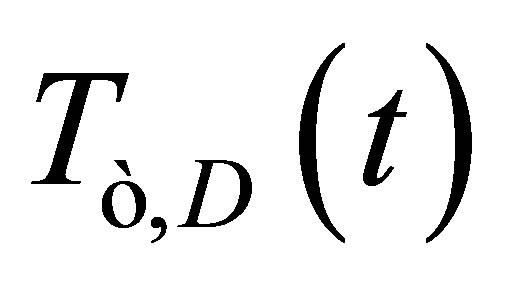 in part (b)) does not depend on the time
in part (b)) does not depend on the time .
.
Theorem 2.1 Let 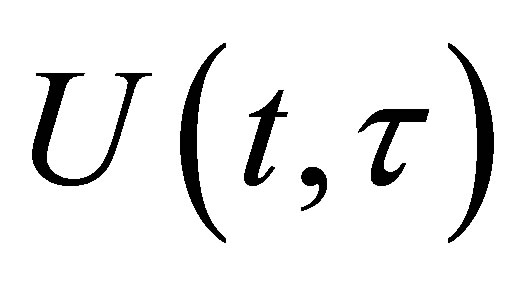 be a two-parameter process, and suppose
be a two-parameter process, and suppose  is continuous for all
is continuous for all . If there exists a family of compact pullback attracting sets
. If there exists a family of compact pullback attracting sets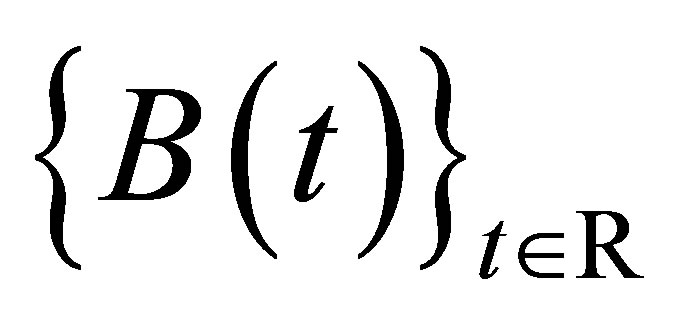 , then there exists a pullback attractor
, then there exists a pullback attractor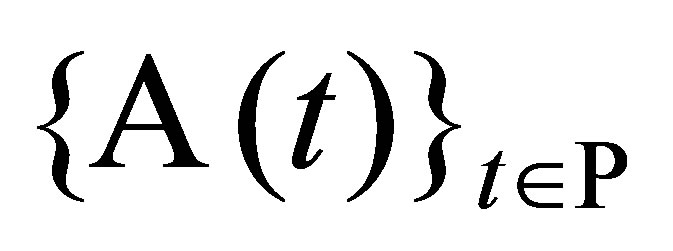 , such that
, such that  for all
for all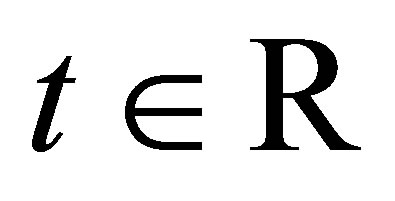 , and which is given by
, and which is given by

We set , where
, where , which are Hilbert spaces for the usual inner product and associated norms. we denote by
, which are Hilbert spaces for the usual inner product and associated norms. we denote by  the first eigenvalue of
the first eigenvalue of 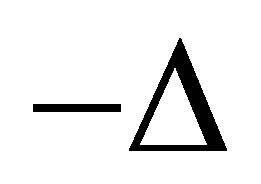 in
in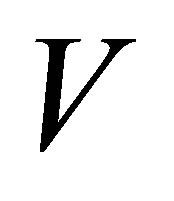 .
.
Our problem can be written as a second-order differential equation in :
:
 (2.1)
(2.1)
3. Existence of the Global Attractor
In this section, our objection is to show that the well-posed of the solution and the existence of global attractor for the initial boundary value problem (1.1), we assume that .
.
Let  and
and , then by the transformation
, then by the transformation . The initial boundary value problem (2.1) is equivalent to
. The initial boundary value problem (2.1) is equivalent to
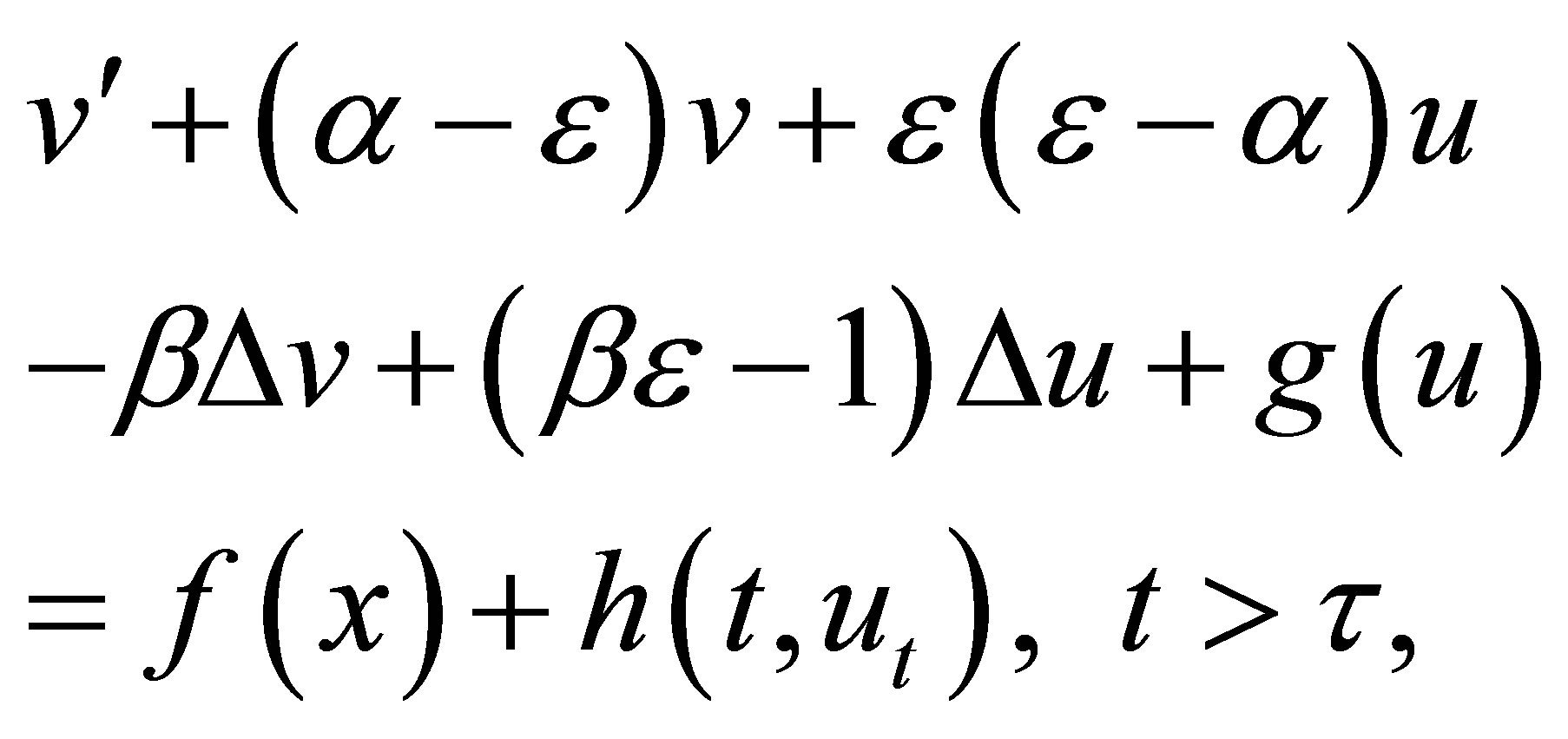 (3.1)
(3.1)
with the initial value conditions

Theorem 3.1 Assume that the hypotheses on  and
and 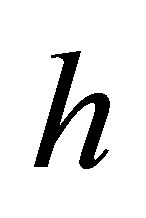 hold for all
hold for all 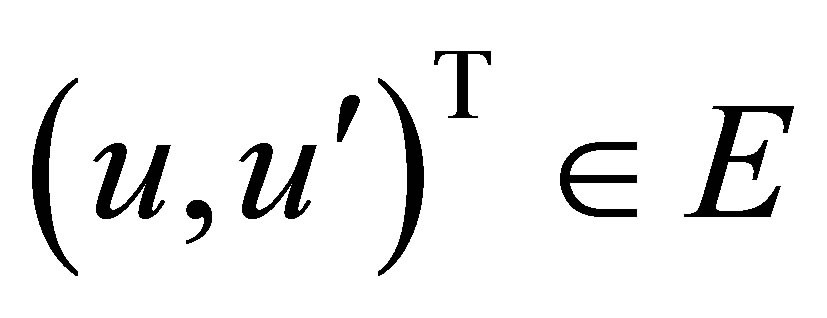 and
and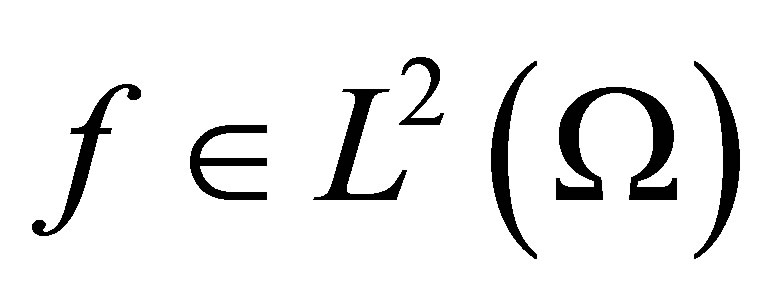 ,
, 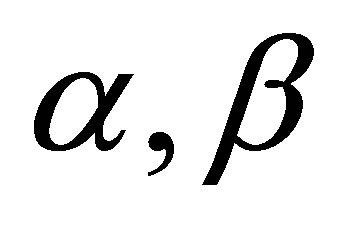 are the positive constants. Then the initial boundary value problem (3.1) has the unique solution
are the positive constants. Then the initial boundary value problem (3.1) has the unique solution 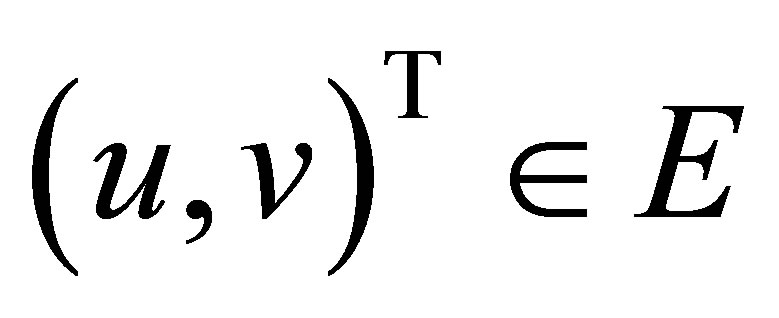 for all
for all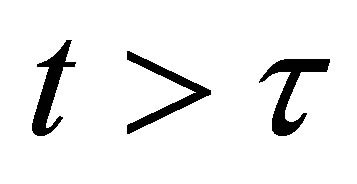 .
.
Proof. Taking the inner product of the Equation (3.1) with  in
in , we find that
, we find that
 (3.2)
(3.2)
Since  and
and we deal with the terms in (3.2) one by one as follows
we deal with the terms in (3.2) one by one as follows
 (3.3)
(3.3)
 (3.4)
(3.4)
 (3.5)
(3.5)
 (3.6)
(3.6)
 (3.7)
(3.7)
By (3.3)-(3.7), it follows from that
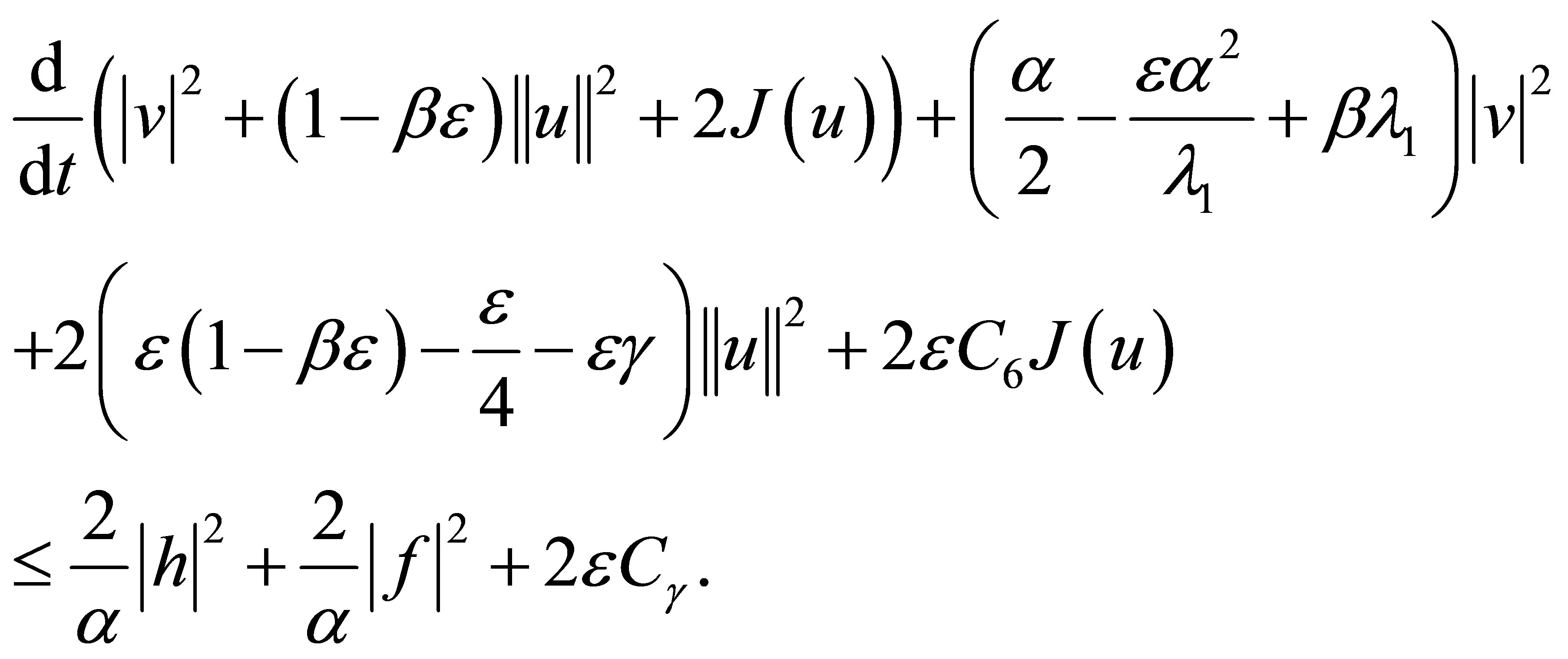
Since 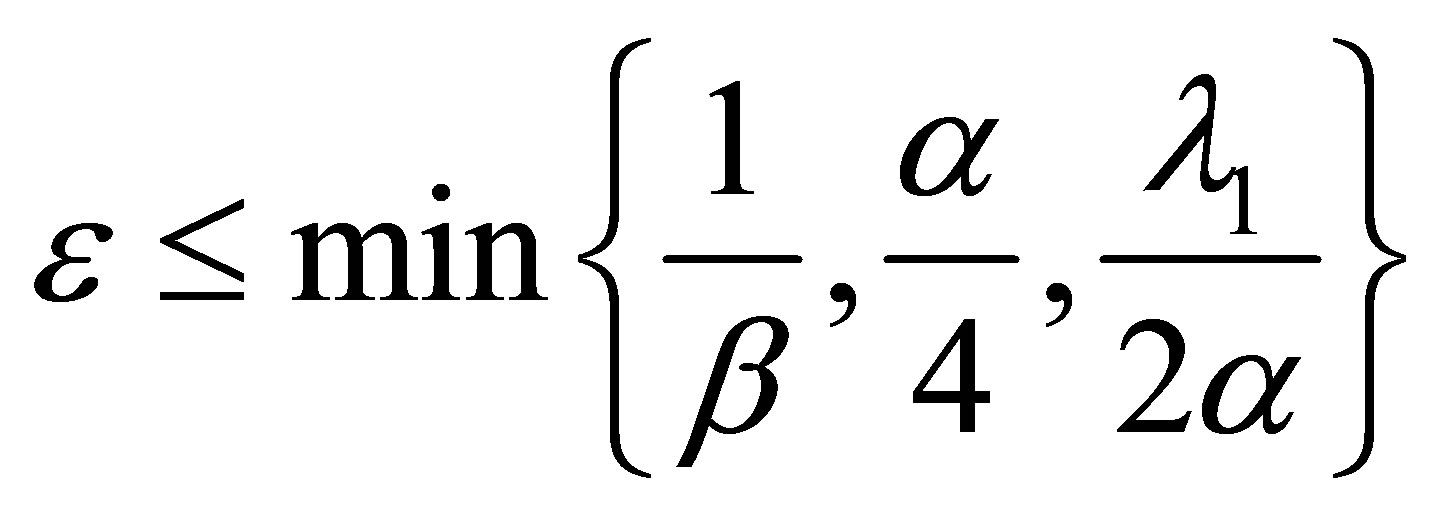 and
and , this will imply
, this will imply , then we have
, then we have
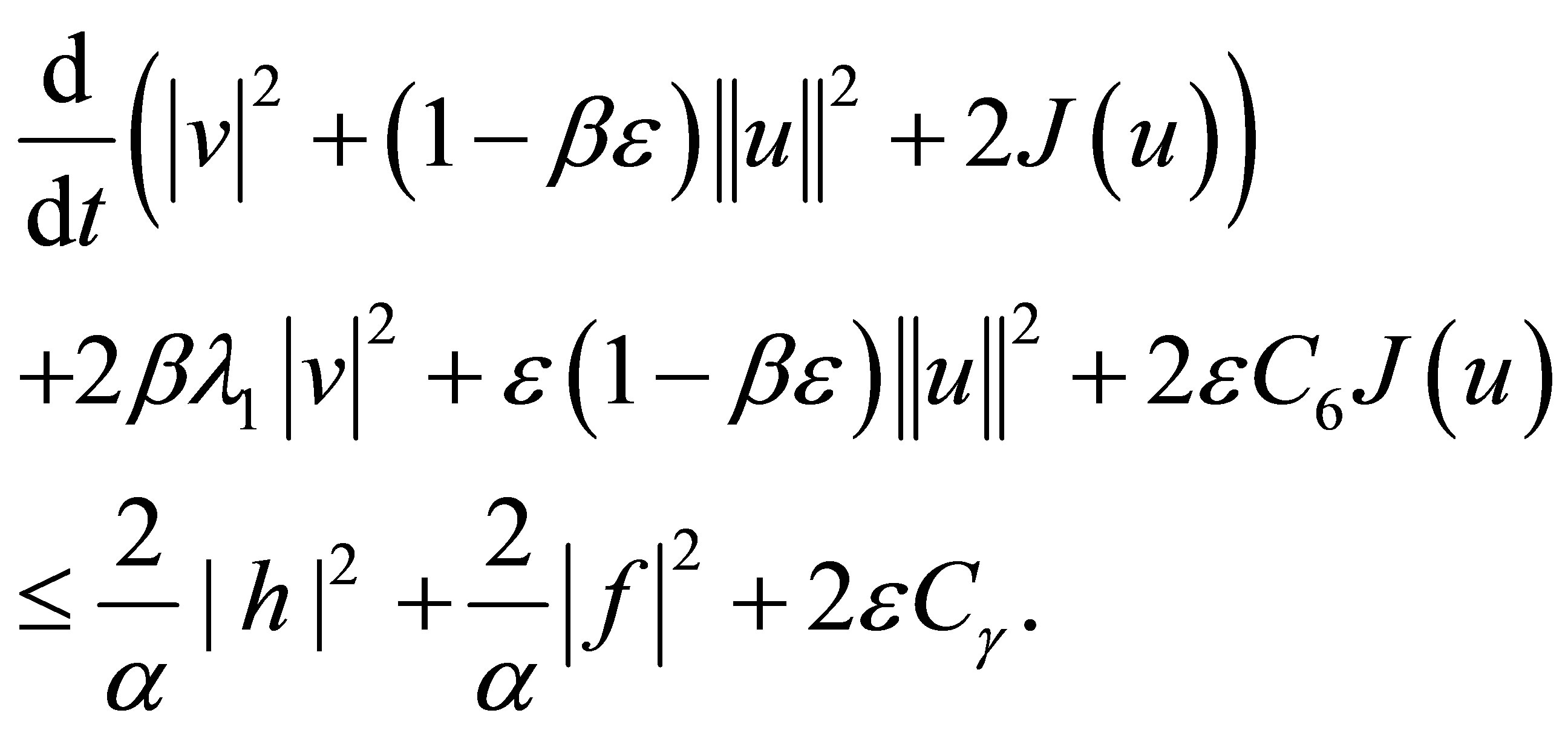 (3.8)
(3.8)
Set , then (3.8) can be written as following
, then (3.8) can be written as following

As our assumptions ensure that
 , then we can choose
, then we can choose 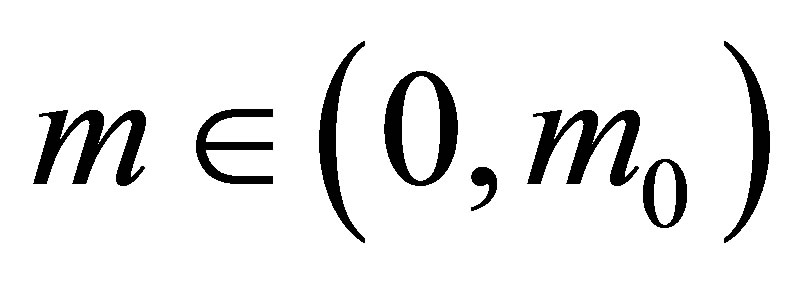 small enough such that
small enough such that
 . For this choice, we have
. For this choice, we have
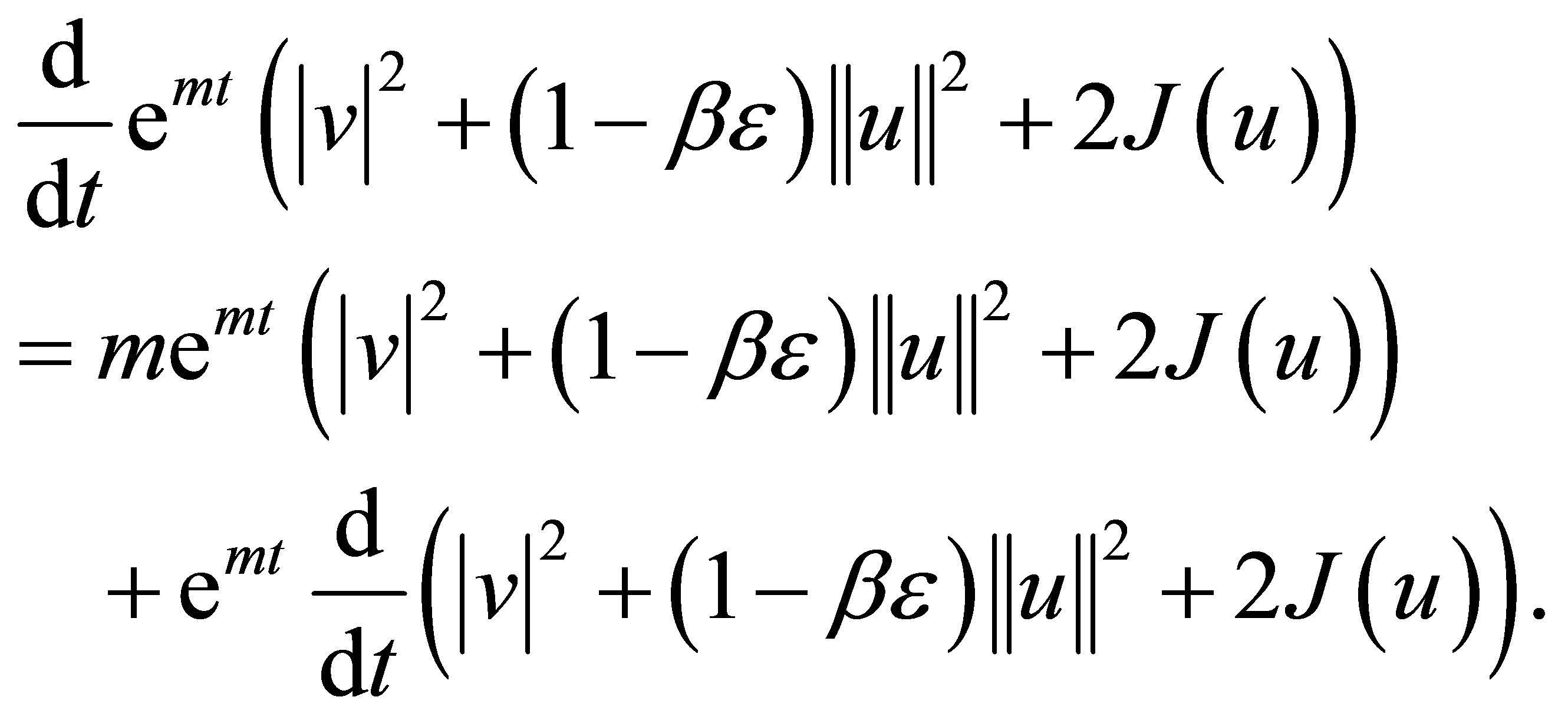
Hence, we can get the following inequality
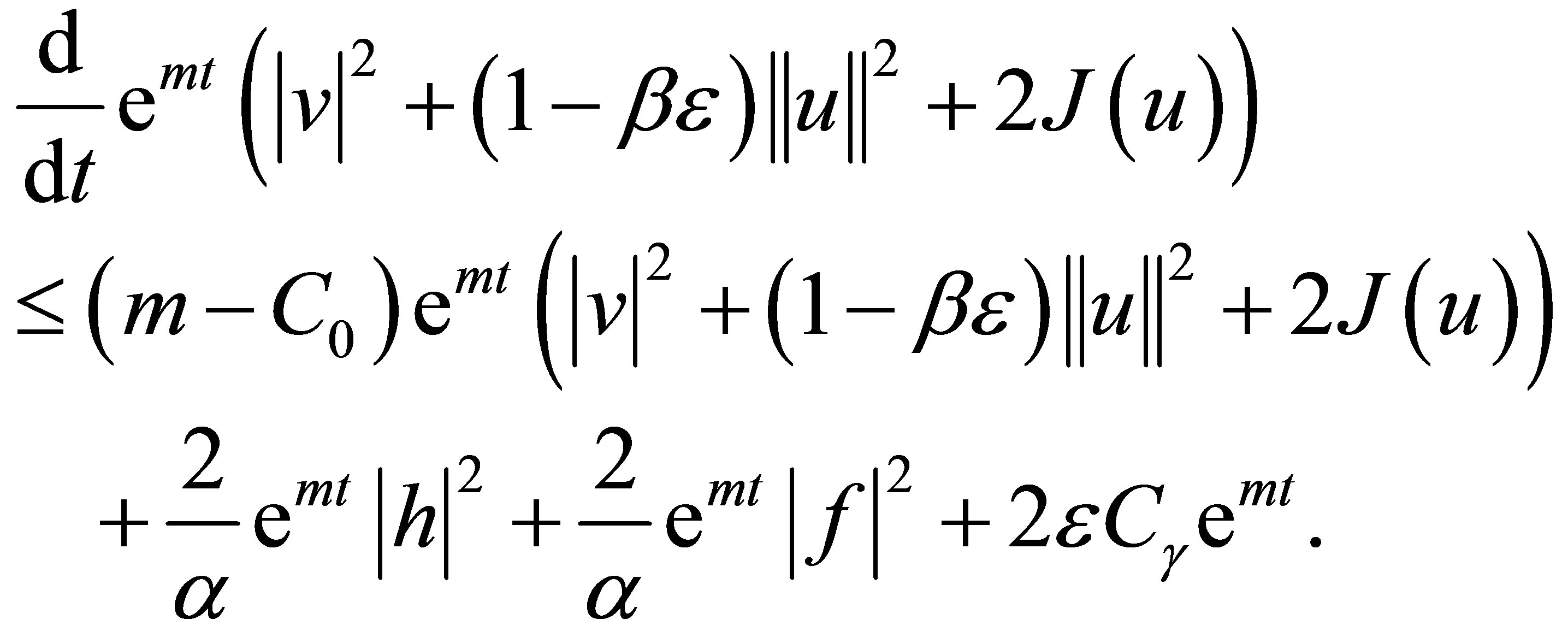
By integrating over the interval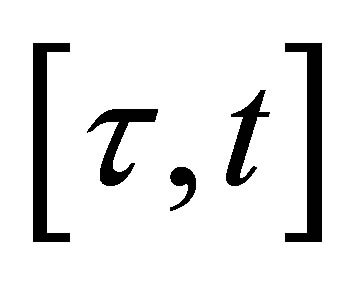 , we deduce
, we deduce
 (3.9)
(3.9)
Since

So we can have
 (3.10)
(3.10)
Noticing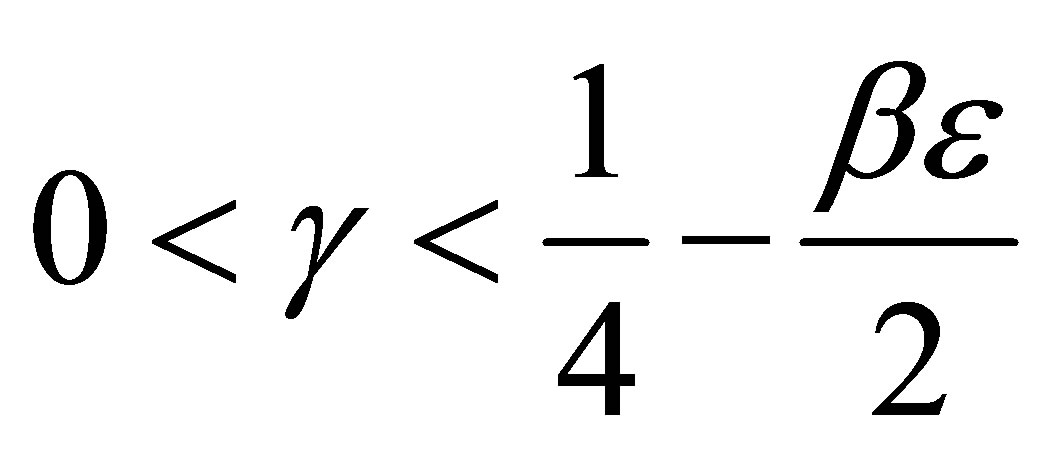 , we obtain
, we obtain
 (3.11)
(3.11)
In the Bounded set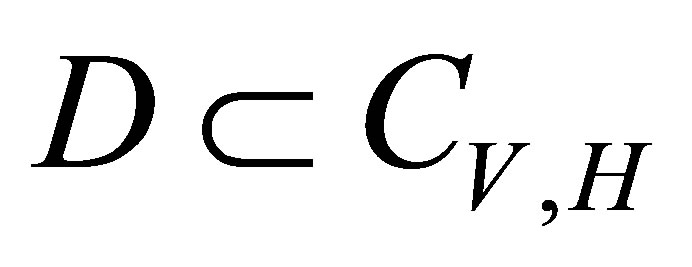 , for any
, for any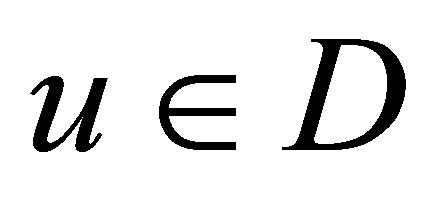 , there exists a constant
, there exists a constant 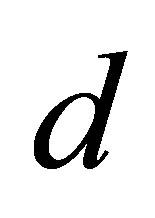 such that
such that
 (3.12)
(3.12)
 (3.13)
(3.13)
(3.10)-(3.13) means that
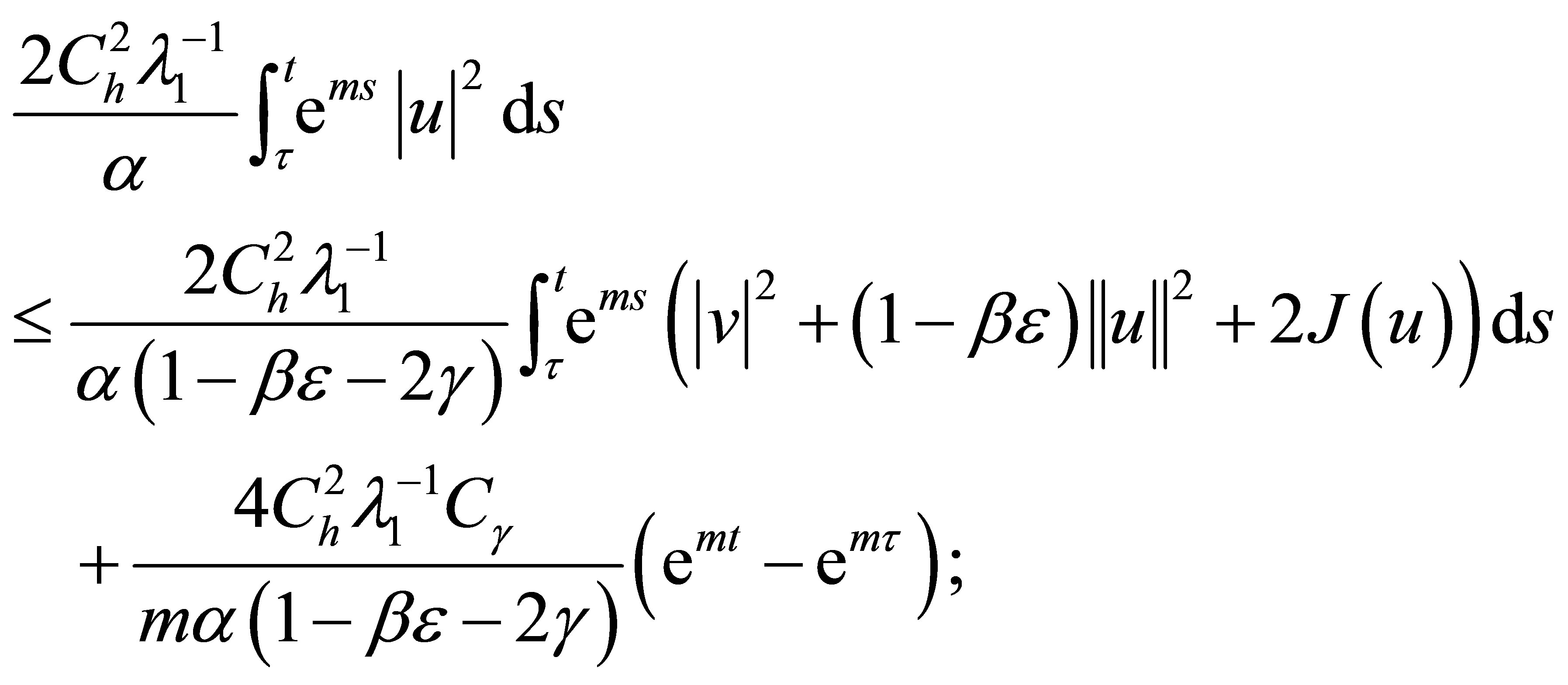 (3.14)
(3.14)
 (3.15)
(3.15)
Hence, by (3.12)-(3.14) and the choice of
 , (3.9) can be rewritten
, (3.9) can be rewritten
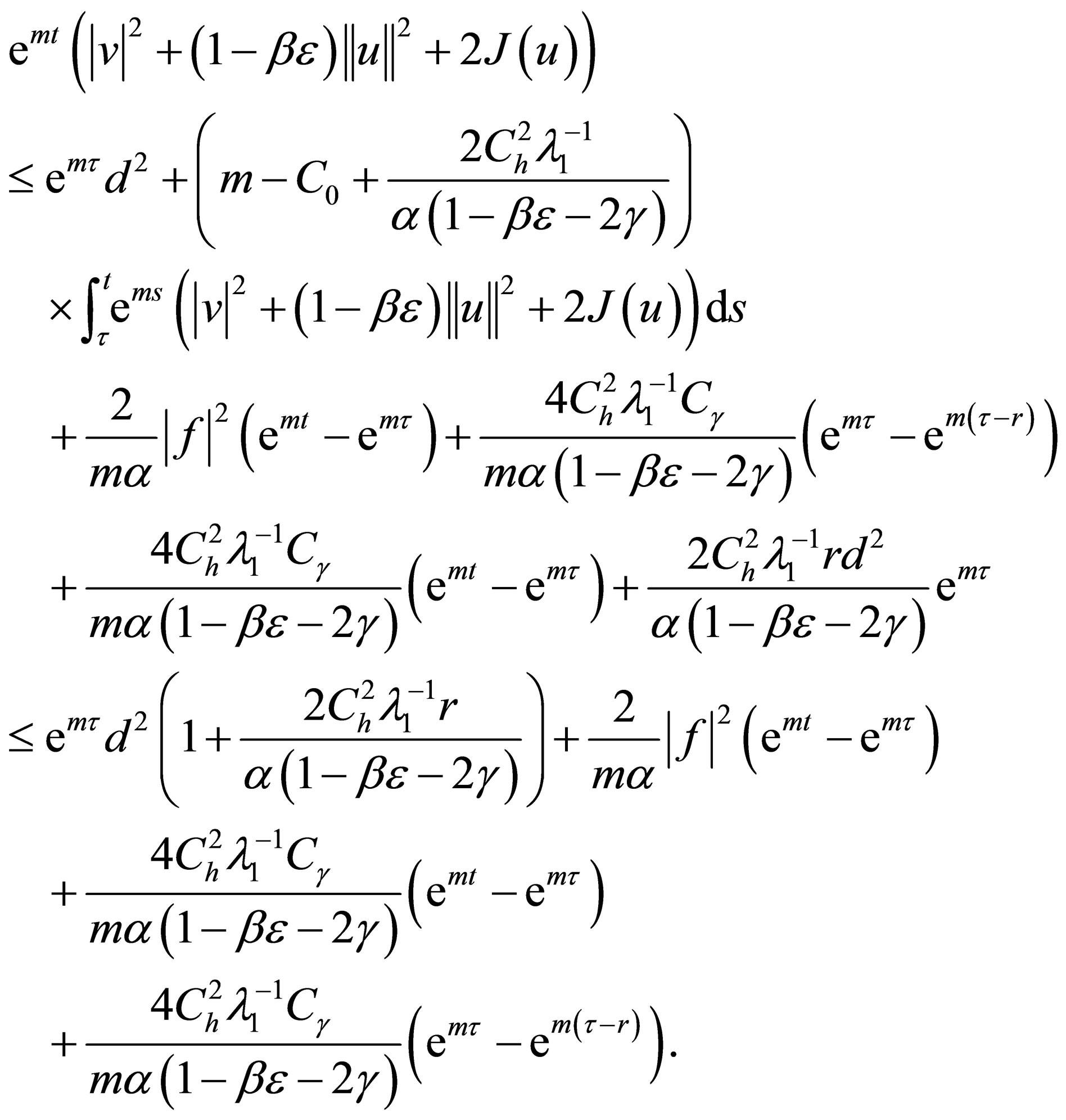 (3.16)
(3.16)
So we can get by (3.16)
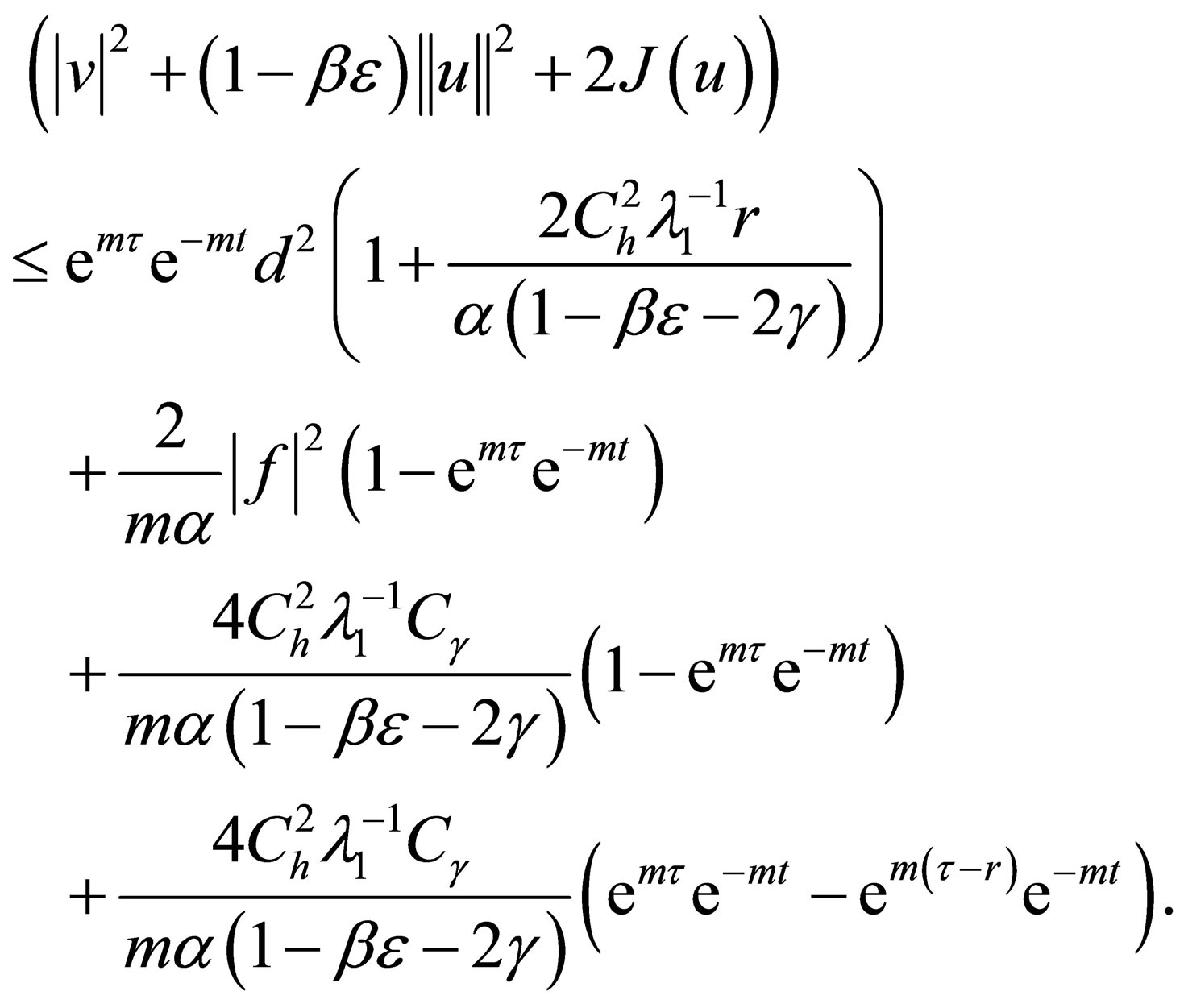
which implies,for 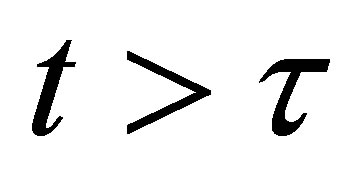
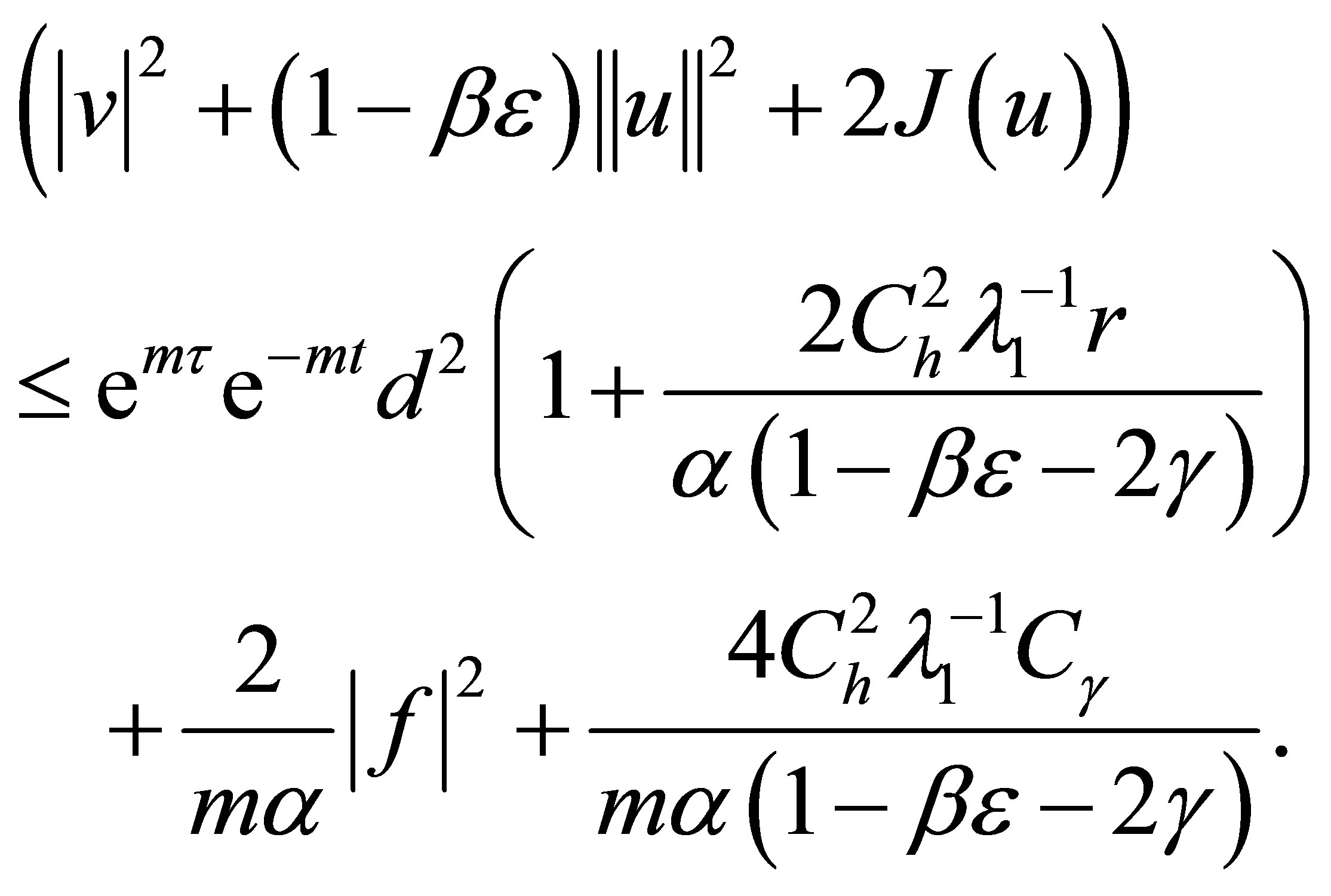 (3.17)
(3.17)
If we denote
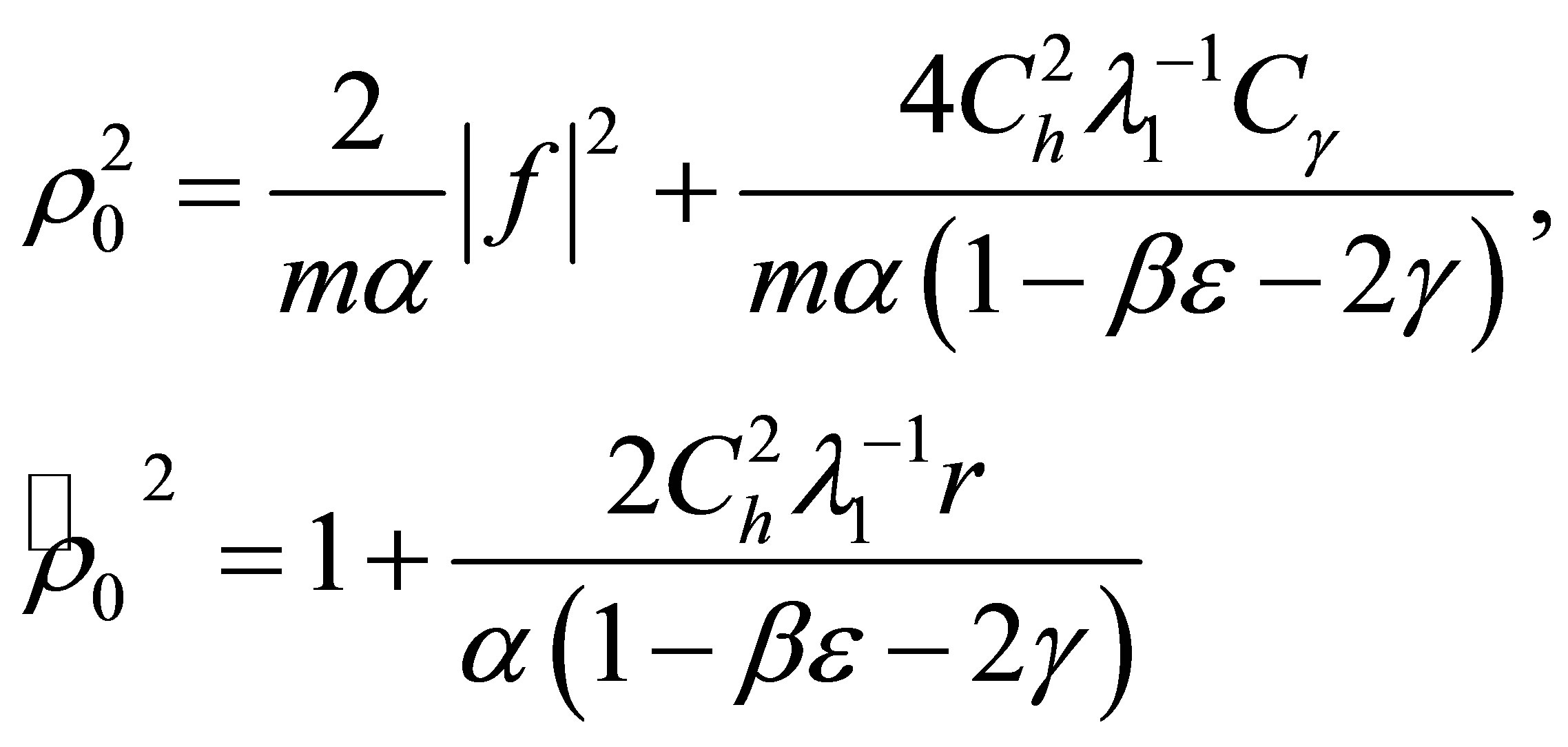 then (3.17) yields that
then (3.17) yields that
 (3.18)
(3.18)
which means that the initial boundary value problem (3.1) has the solution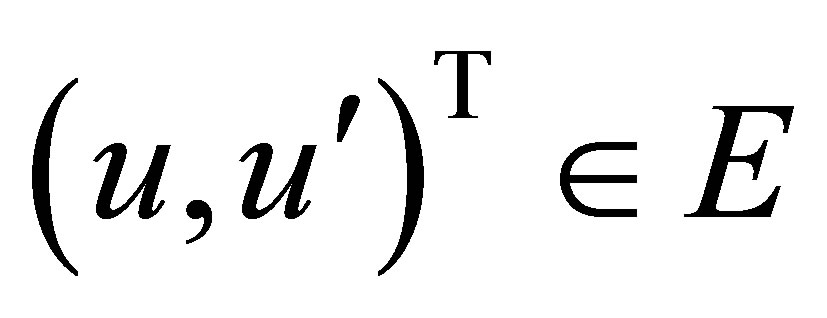 .
.
Now, we prove the uniqueness of the solution. Assume that  and
and  are the two solutions of the initial boundary value problem (3.1),
are the two solutions of the initial boundary value problem (3.1), 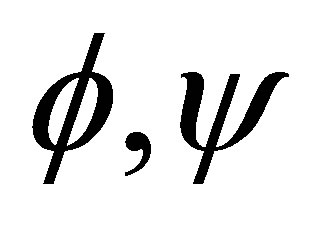 are the corresponding initial value,we denote
are the corresponding initial value,we denote . Therefore we have
. Therefore we have

we take the inner product of the above equation with 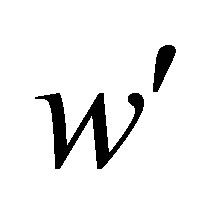 and we obtain
and we obtain
 (3.19)
(3.19)
Since


So (3.20) can yields that
 (3.20)
(3.20)
 (3.21)
(3.21)

Integrating (3.21) over the interval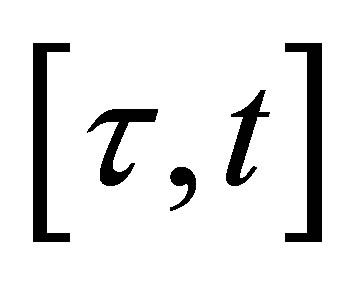 , we can get
, we can get

Set , then we have
, then we have

Combining the Gronwall Lemma, we get
 (3.22)
(3.22)
If 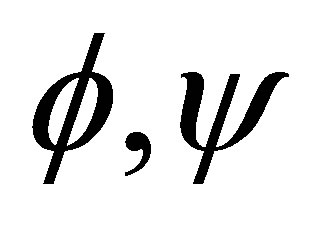 stand for the same initial value, there has
stand for the same initial value, there has

that shows that

that is
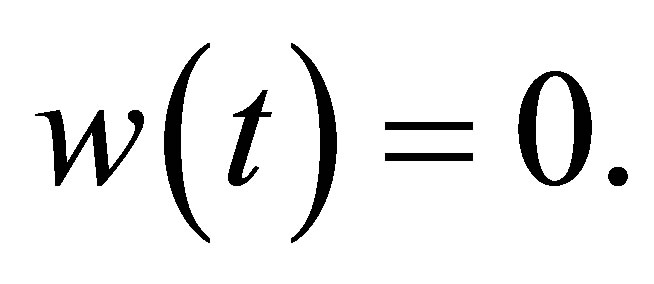
therefore

we get the uniqueness of the solution. So the proof of the theorem 3.1. has been completed.
By the theorem 3.1,we obtain the global smooth solution  continuously depends on the initial value
continuously depends on the initial value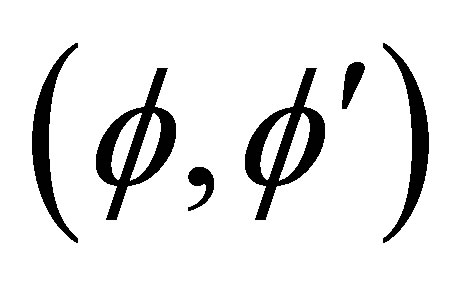 , the initial boundary value problem (1.1) generates a continuous semigroup
, the initial boundary value problem (1.1) generates a continuous semigroup
 .
.
Then is a bounded absorbing set for the semigroup
is a bounded absorbing set for the semigroup 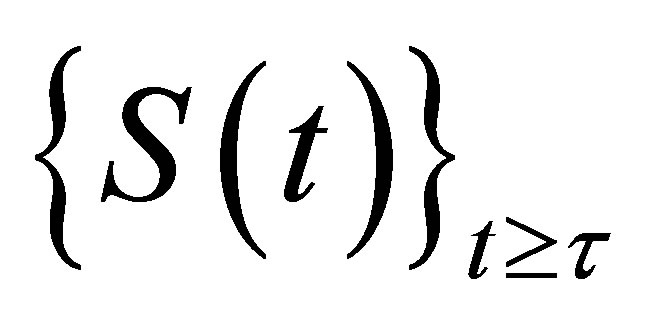 generated by (1.1).
generated by (1.1).
Under the assumption on  and
and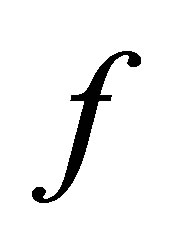 , we can get the nonlinear term
, we can get the nonlinear term 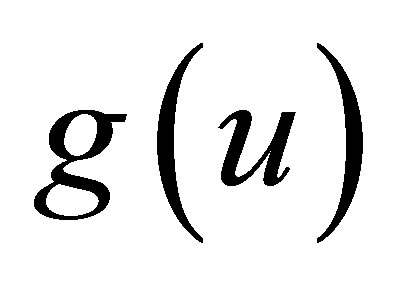 is compact and continuous,
is compact and continuous,  is continuous. Next, our object is to show that the
is continuous. Next, our object is to show that the 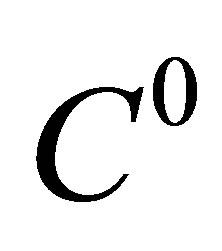 semigroup
semigroup  satisfies cindition C.
satisfies cindition C.
Theorem 3.2 Assume that the hypotheses on  and
and  hold for all
hold for all ,
, 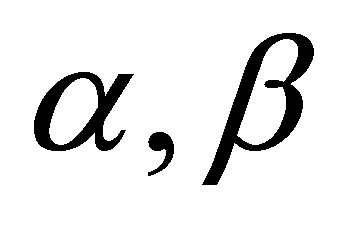 are positive constants. Then the
are positive constants. Then the 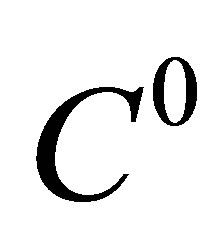 semigroup
semigroup 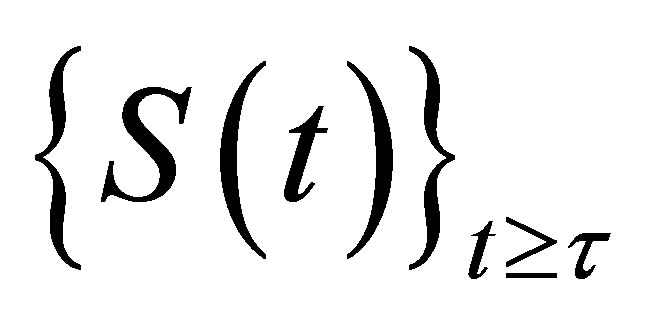 associated with initial value problem (3.1) satisfies
associated with initial value problem (3.1) satisfies , that is, there exists
, that is, there exists  and
and  , for any
, for any  such that
such that

Proof. Let 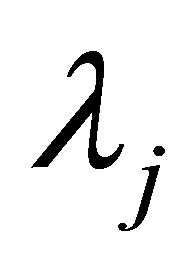 be the eigenvalues of
be the eigenvalues of  and
and 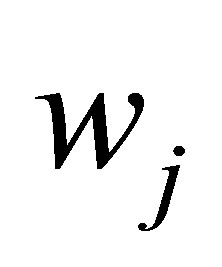 be the corresponding eigenvectors,
be the corresponding eigenvectors,  , without loss of generality, we can assume that
, without loss of generality, we can assume that , and
, and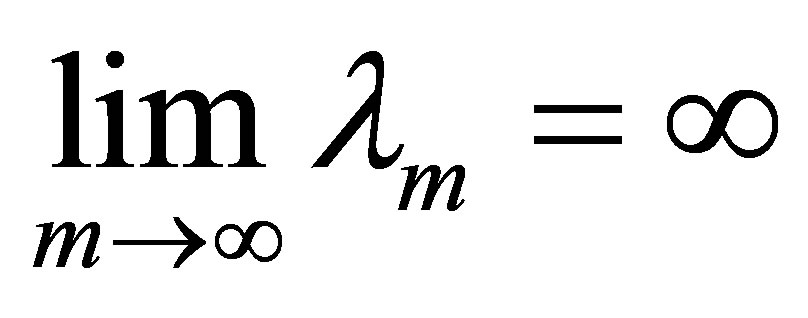 .
.
It is well known that 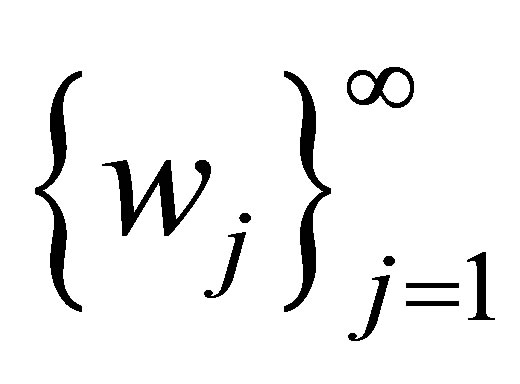 form an orthogonal basis of
form an orthogonal basis of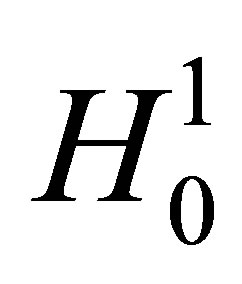 . We write
. We write

Since  and
and  is compact, for any
is compact, for any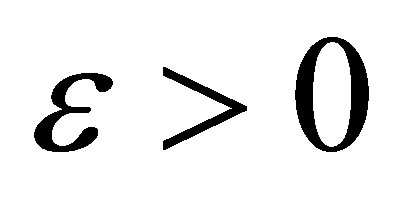 , there exists some
, there exists some 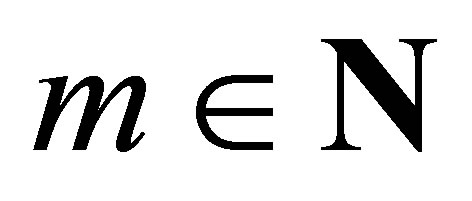 such that
such that
 (3.23)
(3.23)
 (3.24)
(3.24)
where  is orthogonal projection and
is orthogonal projection and  is the radius of the absorbing set. For any
is the radius of the absorbing set. For any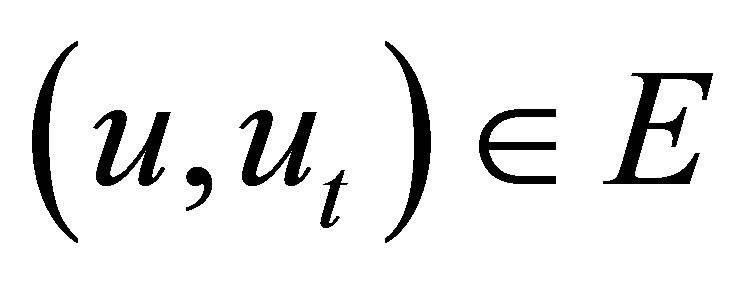 , we write
, we write

We note that

Taking the inner product of the second equation of (3.1) with  in
in , After a computation like in the proof of Theorem 3.1, we can yield that
, After a computation like in the proof of Theorem 3.1, we can yield that
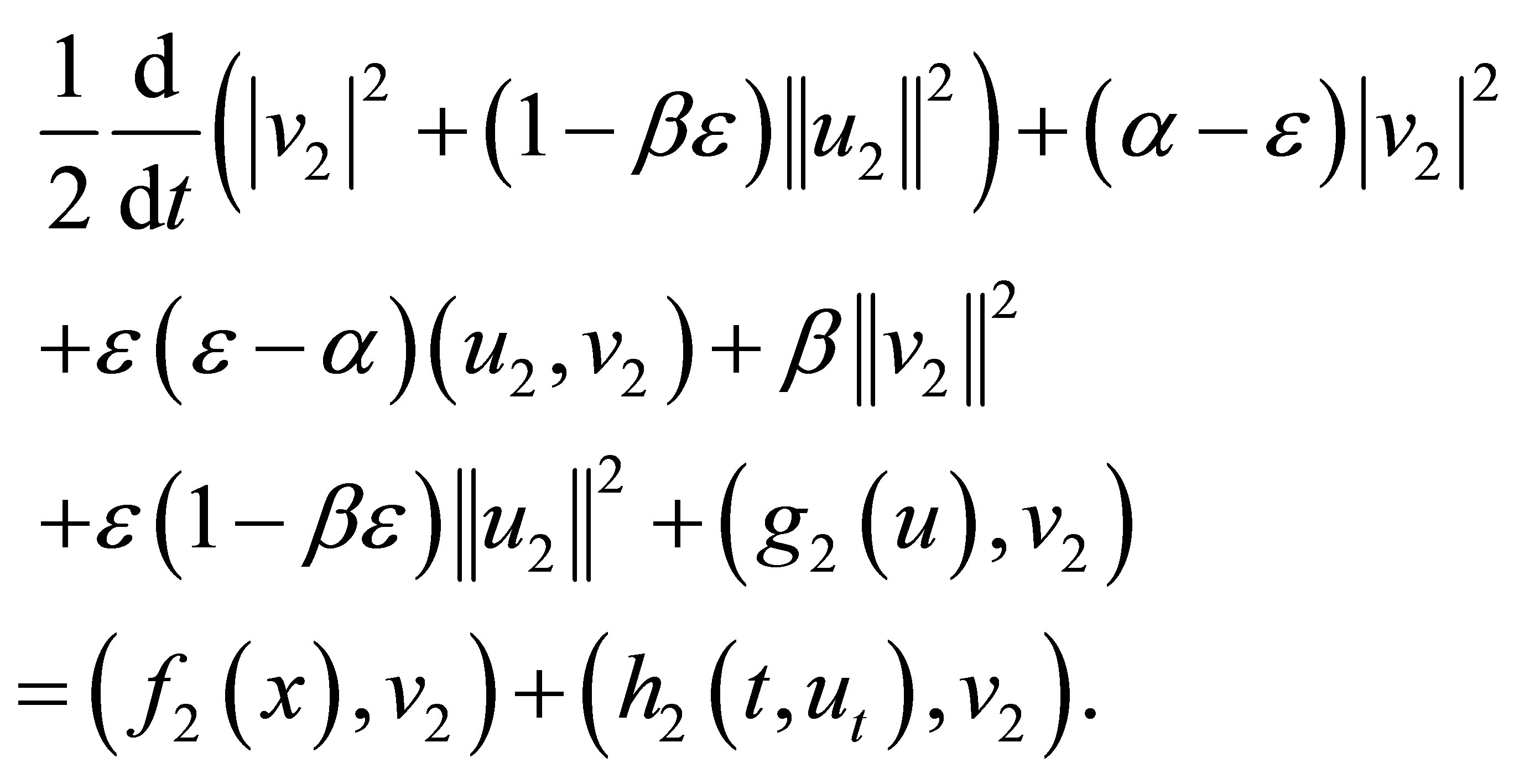 (3.25)
(3.25)
This is the same as in the proof of the Theorem 3.1, except for a replacement of 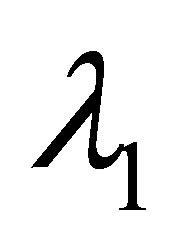 with
with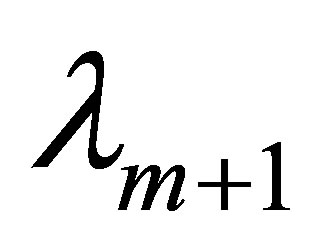 . Combined with (3.23) , (3.24) and (3.4), then we have
. Combined with (3.23) , (3.24) and (3.4), then we have

Choose  , we can get
, we can get

By Gronwall lemma, we can obtain

for all  and
and . This shows that Condition C is satisfied, and the proof is completed.
. This shows that Condition C is satisfied, and the proof is completed.
Due to Lemma 2.1, Theorem 3.1 and Theorem 3.2, we obtain the following Theorem
Theorem 3.3 Assume that the hypotheses on  and
and 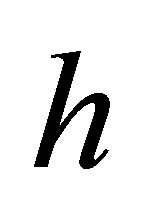 hold for all
hold for all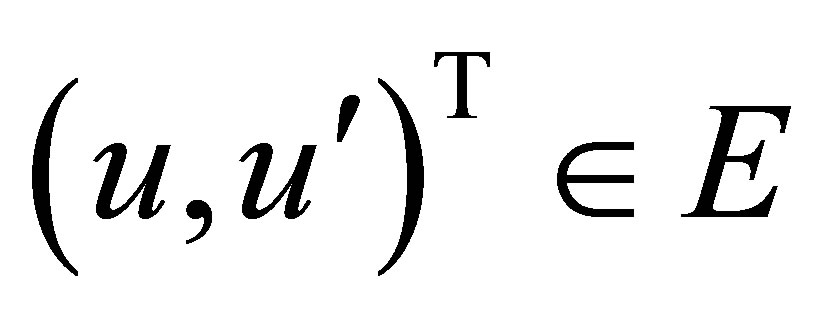 ,
,  are positive constants. Then the
are positive constants. Then the 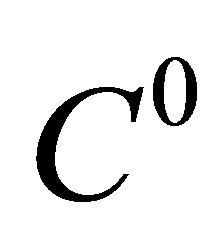 semigroup
semigroup 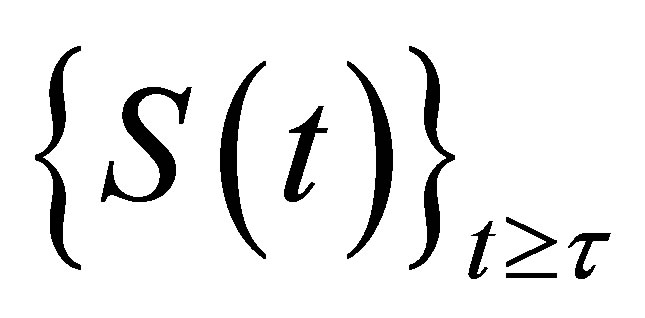 associated with initial value problem (3.1) has a global attractor in E.
associated with initial value problem (3.1) has a global attractor in E.
4. Existence of the Pullback Attractor
In this subsection, we assume that , we aim to study the pullback attractor for the initial value problem (1.1).
, we aim to study the pullback attractor for the initial value problem (1.1).
From Theorem 3.1, the initial value problem (1.1) generates a family two-parameter semigroup 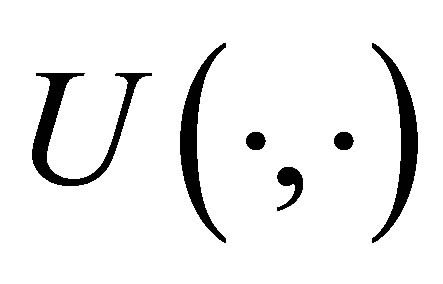 in
in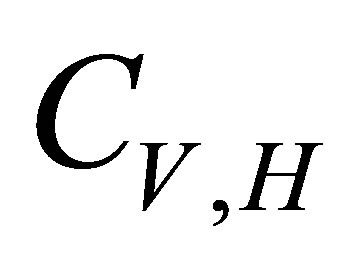 , which can be defined by
, which can be defined by

Lemma 4.1 Let 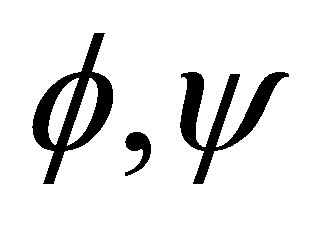 be the two initial values for the problem (1.1),
be the two initial values for the problem (1.1),  is the initial time, Denote by
is the initial time, Denote by  and
and  the corresponding solutions to (1.1). Then, there exists a constant
the corresponding solutions to (1.1). Then, there exists a constant 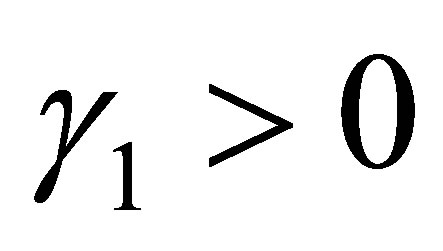 which is independent of initial value value and time, such that the following estimates hold:
which is independent of initial value value and time, such that the following estimates hold:
 (4.1)
(4.1)
 (4.2)
(4.2)
Proof. We denote , by (3.22), we can get (4.1) easily.
, by (3.22), we can get (4.1) easily.
If we consider , then
, then  for any
for any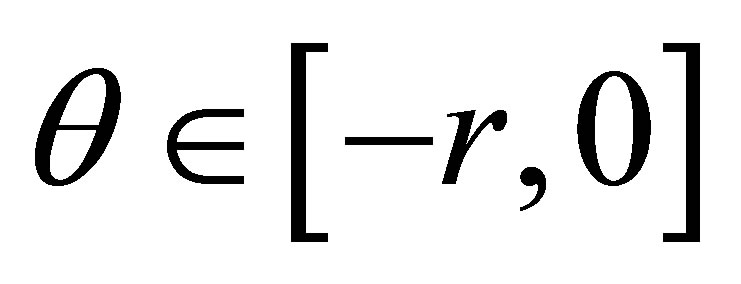 , and
, and
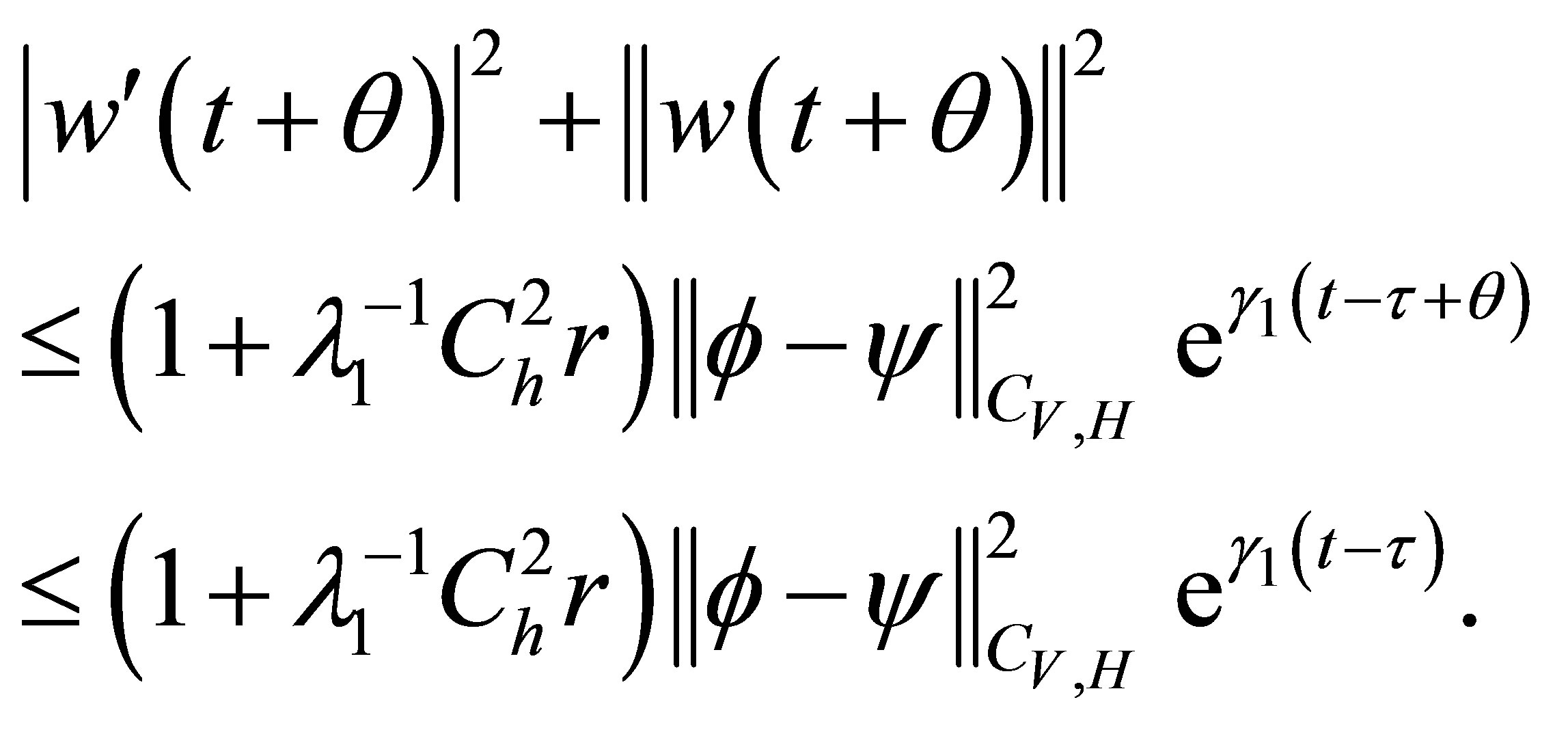
Thus, .
.
Theorem 4.1 The mapping  is continuous for any
is continuous for any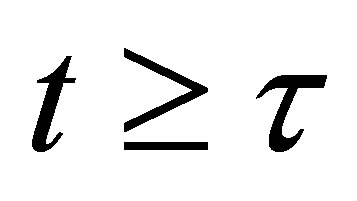 .
.
Proof. Let  be the initial value for the problem (1.1) and
be the initial value for the problem (1.1) and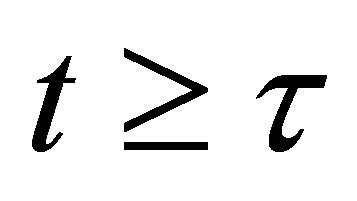 . Denote by
. Denote by  and
and  the corresponding solutions to (1.1). Then, writing again
the corresponding solutions to (1.1). Then, writing again  we obtain the following. If
we obtain the following. If , then
, then  and
and

Thus, we have

whence

which implies the continuity of .
.
Theorem 4.2 Assume that the hypotheses on  and
and 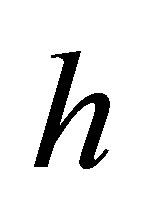 hold with
hold with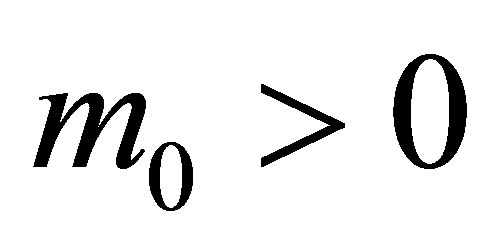 ,
, 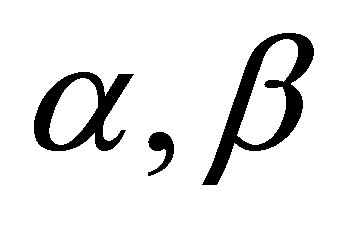 are the positive constants.
are the positive constants.
Suppose in addition that . Then exists a family
. Then exists a family 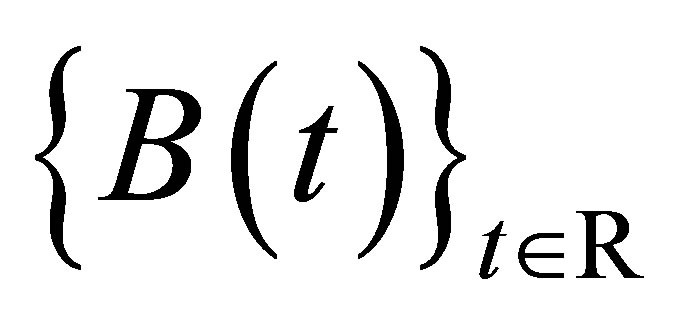 of bounded sets in
of bounded sets in 
which is uniformly pullback absorbing fir the process . Moreover,
. Moreover, 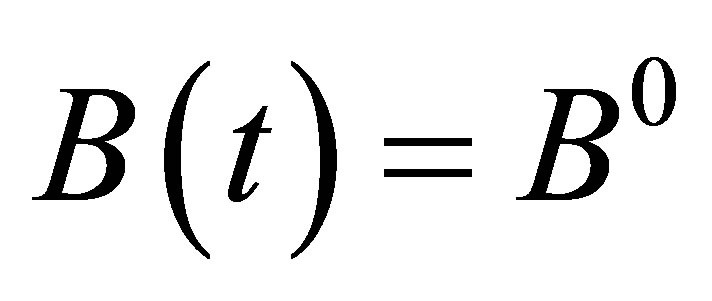 for all
for all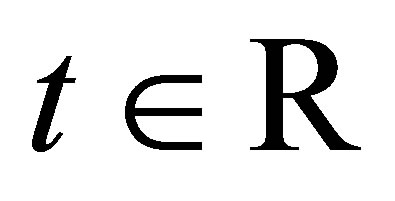 , where
, where  is the bounded set in
is the bounded set in .
.
Proof. By (3.18), we can have
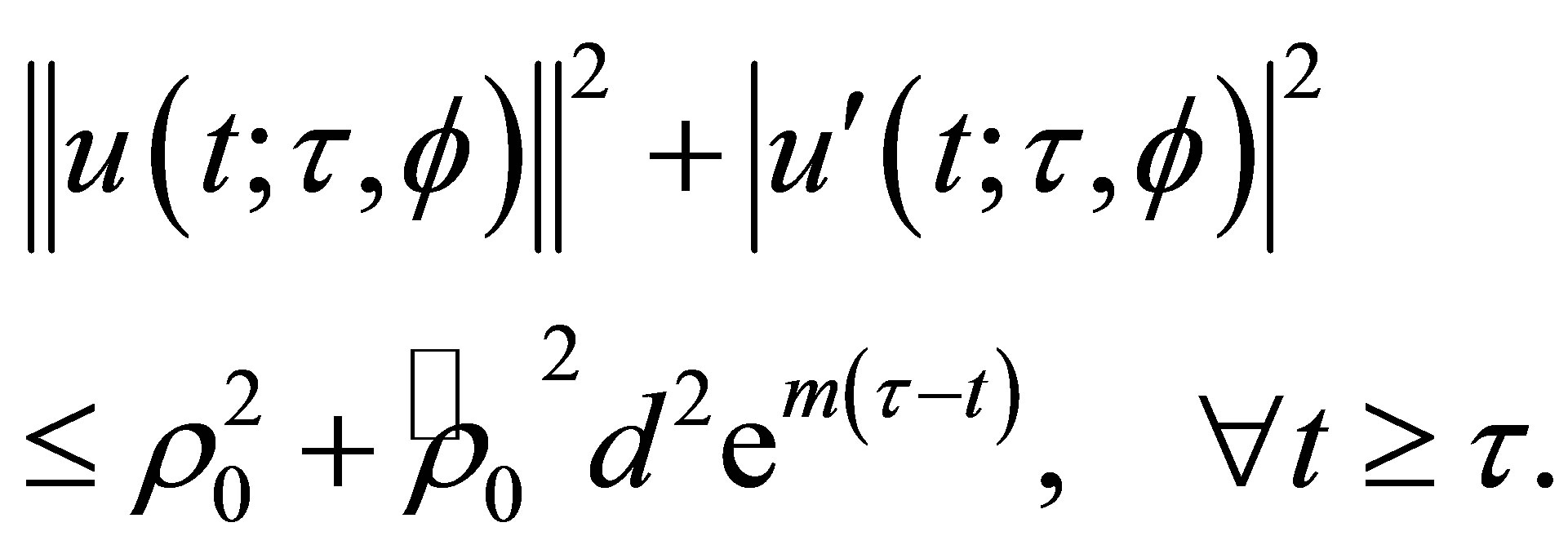
and, in particular,
 (4.3)
(4.3)
Moreover, as  and
and  for
for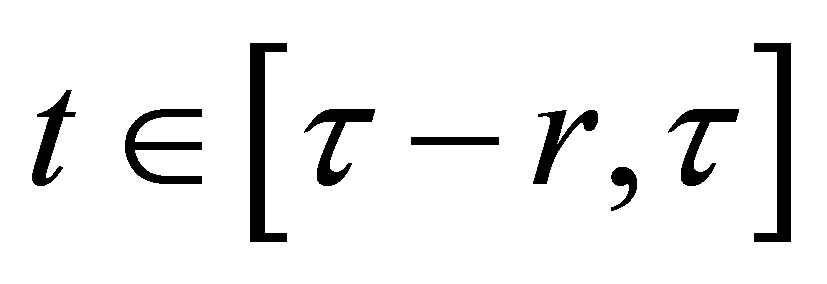 , then inequality (4.3) holds true for
, then inequality (4.3) holds true for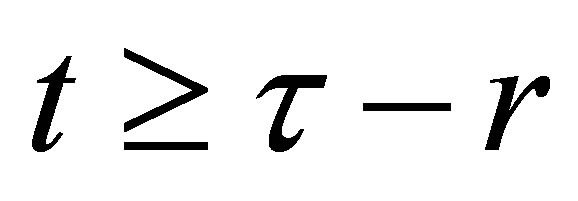 .
.
If we take now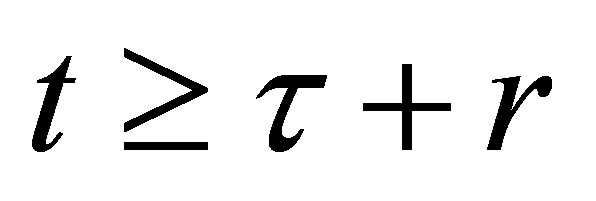 , then for all
, then for all 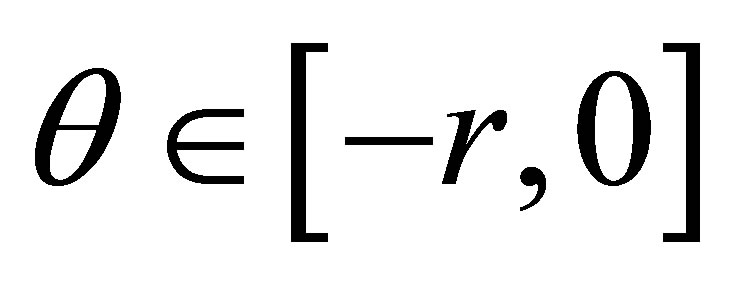 we have
we have  and so
and so
 (4.4)
(4.4)
or, in other words,

Therefore, there exists 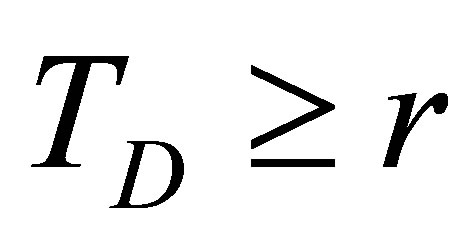 such that
such that

which means that the ball  is uniformly pullback absorbing for the process
is uniformly pullback absorbing for the process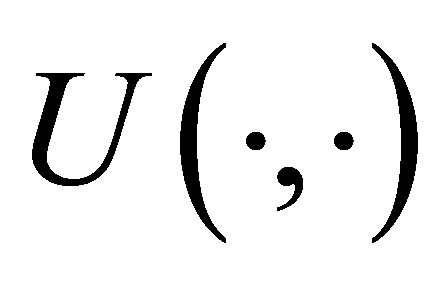 .
.
Remark: On the one hand, observe that if 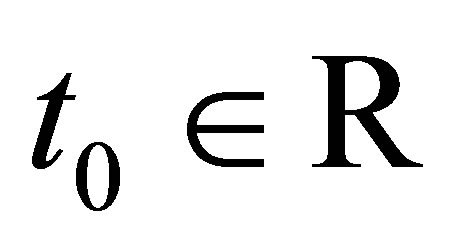 and
and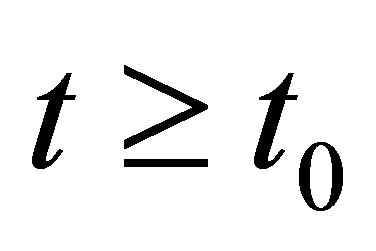 , then
, then
 and
and
 with
with
 . As a sequence of (4.4) we have
. As a sequence of (4.4) we have

or ,we have 

On the other hand, (4.3) implies,
 ,
,

Theorem 4.3 Under the assumption in Theorem 4.1. Then there exists a compact set  which is uniformly pullback attracting for the process
which is uniformly pullback attracting for the process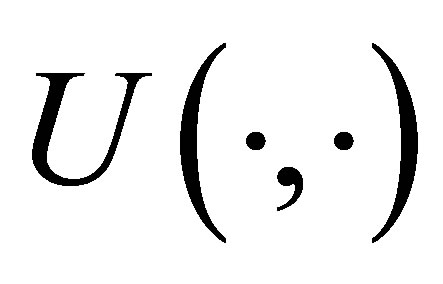 , and consequently, there exits the pullback attractor.
, and consequently, there exits the pullback attractor.
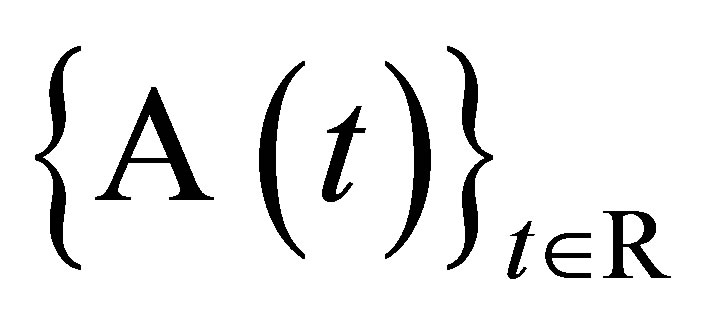 . Moreover,
. Moreover,  for all
for all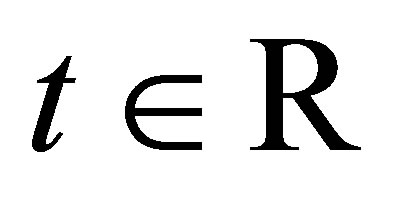 .
.
Proof. For each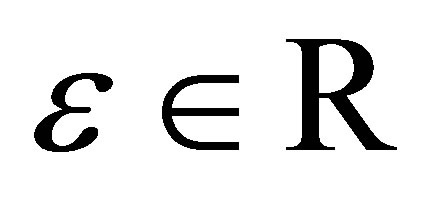 , the norm
, the norm
 is equivalent to
is equivalent to
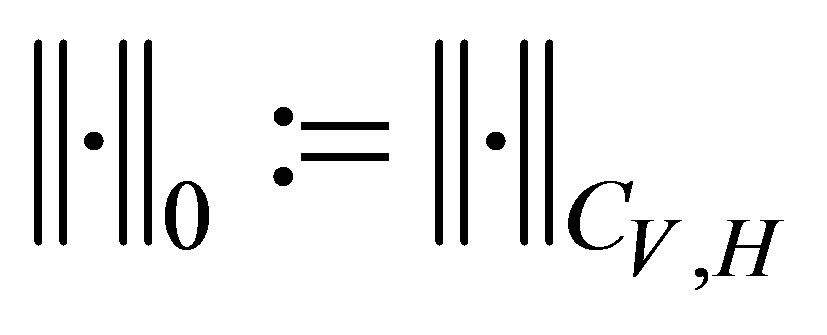 . This allows us to obtain absorbing ball for the original norm by proving the existence of absorbing balls for this new norm for some suitable value of
. This allows us to obtain absorbing ball for the original norm by proving the existence of absorbing balls for this new norm for some suitable value of .
.
Indeed, let us denote . Noticing that for
. Noticing that for  it follows that
it follows that
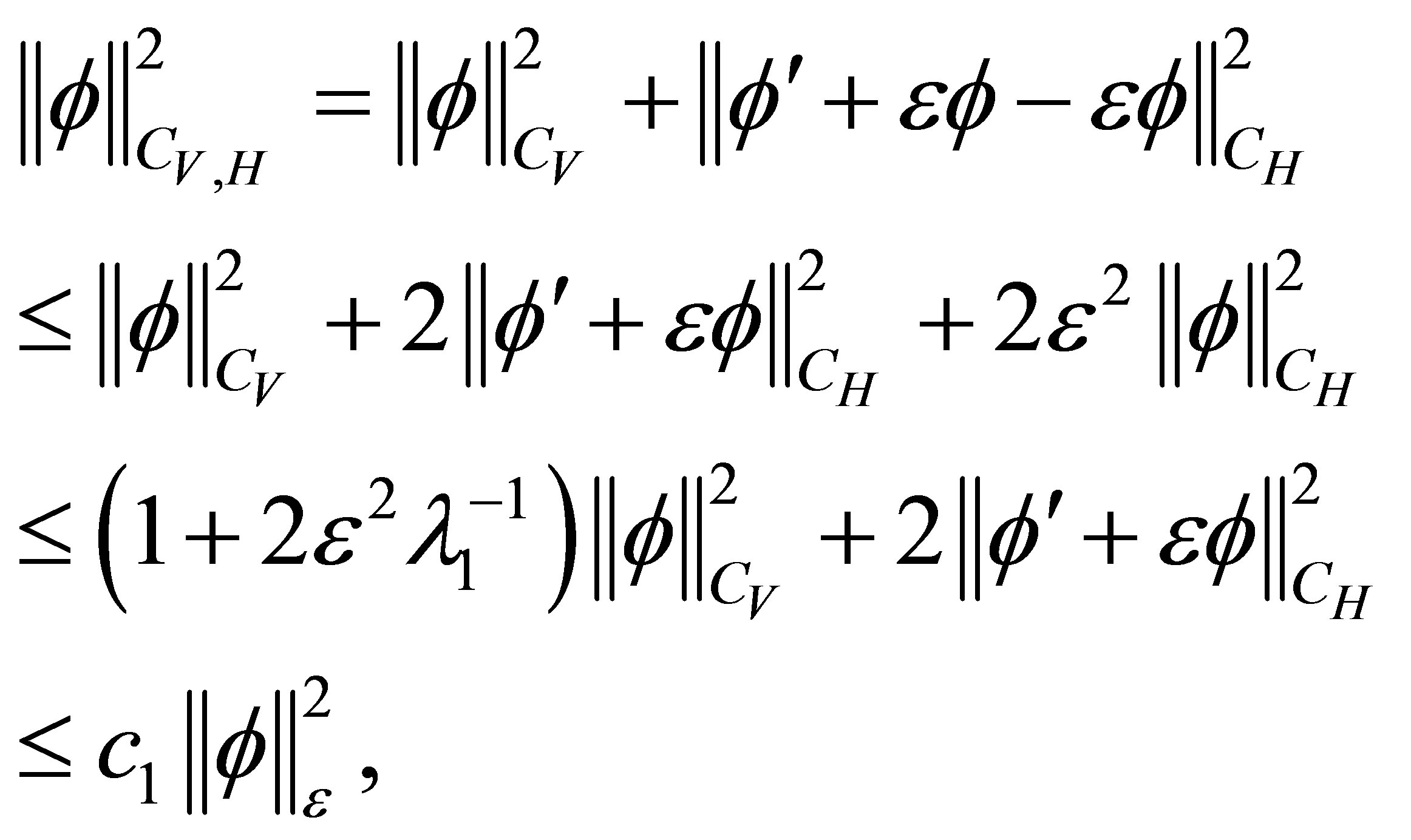
we then have  .
.
Let 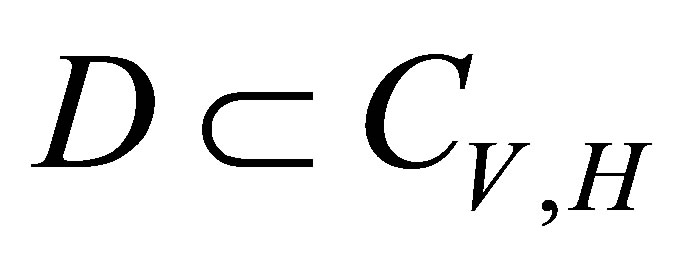 be a bounded set, i.e. there exists
be a bounded set, i.e. there exists  such that for any
such that for any 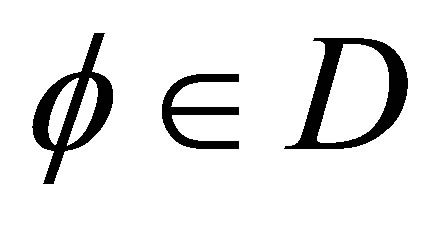 it holds
it holds

Denote by  the solution of the problem (2.1), and consider the problems:
the solution of the problem (2.1), and consider the problems:
 (4.5)
(4.5)
 (4.6)
(4.6)
From the uniqueness of the solution of problems (2.1), (4.5) and (4.6) it follows that

Consequently, 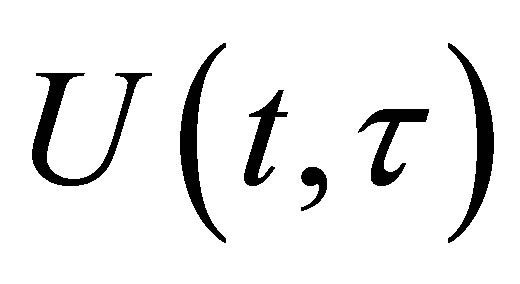 can be written as
can be written as

where  and
and  are the solutions of (4.5) and (4.6) respectively.
are the solutions of (4.5) and (4.6) respectively.
First, thanks to (4.4), but with , it follows that
, it follows that
 (4.7)
(4.7)
Furthermore, for  and
and ,
,

with . Thus, Equation (4.7) implies in particular
. Thus, Equation (4.7) implies in particular

Then we can obtain that

whence,

Next, fix  and denote
and denote


Then, for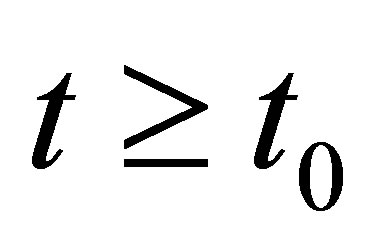 ,
,
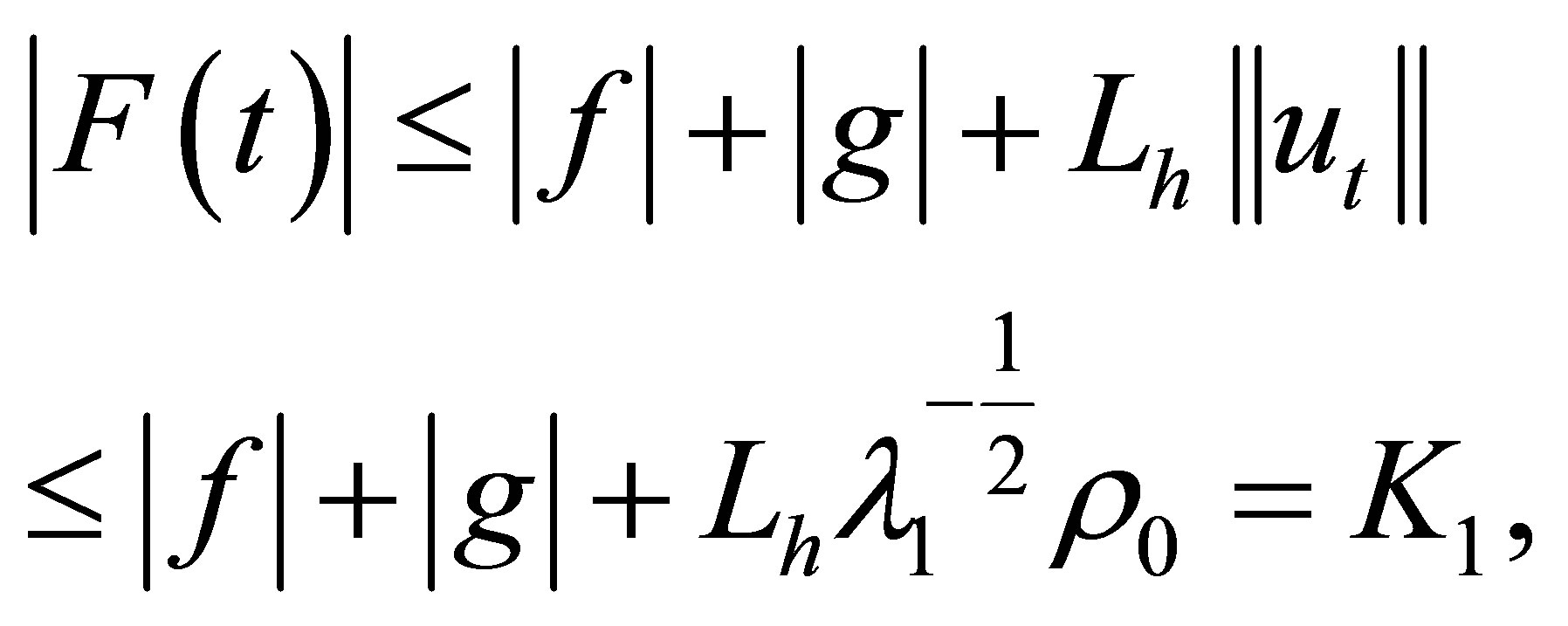 (4.8)
(4.8)
and for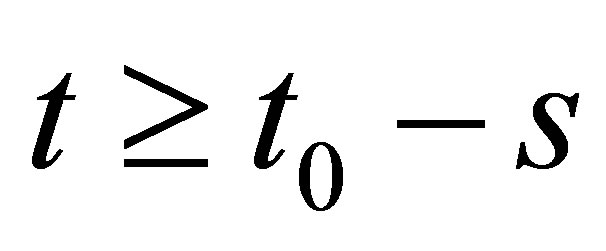 , we have
, we have
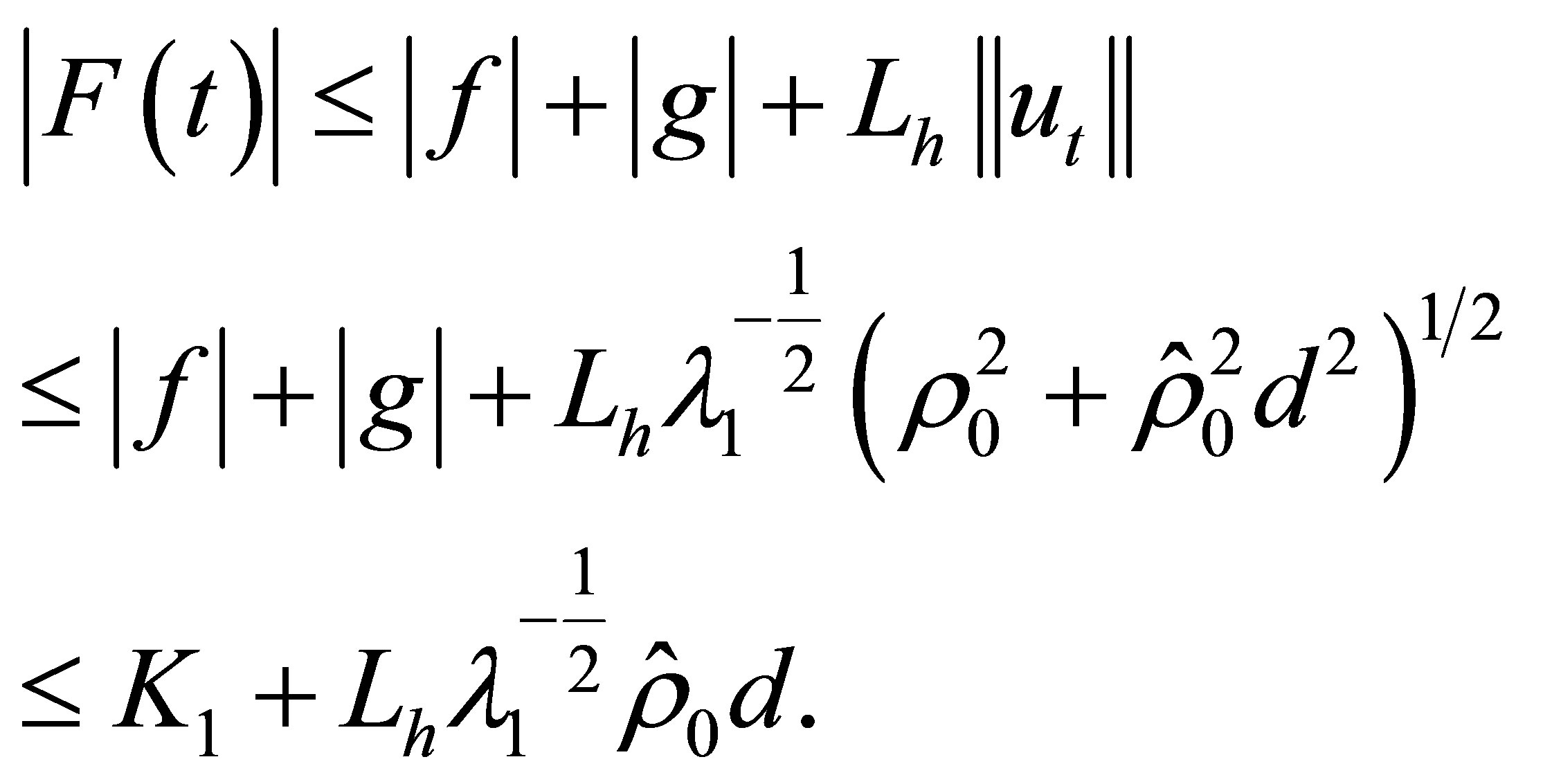 (4.9)
(4.9)
Then, we deduce from the assumption on  that
that
 and
and
 . Arguing as we did in order to obtain (4.8) and (4.9), we have
. Arguing as we did in order to obtain (4.8) and (4.9), we have
 (4.10)
(4.10)
and
 (4.11)
(4.11)
Let us denote
 and make use of the estimates in Theorem 4.2. On the one hand, for all
and make use of the estimates in Theorem 4.2. On the one hand, for all ,
,

but, as (4.4) and (4.7) ensure

if we denote by
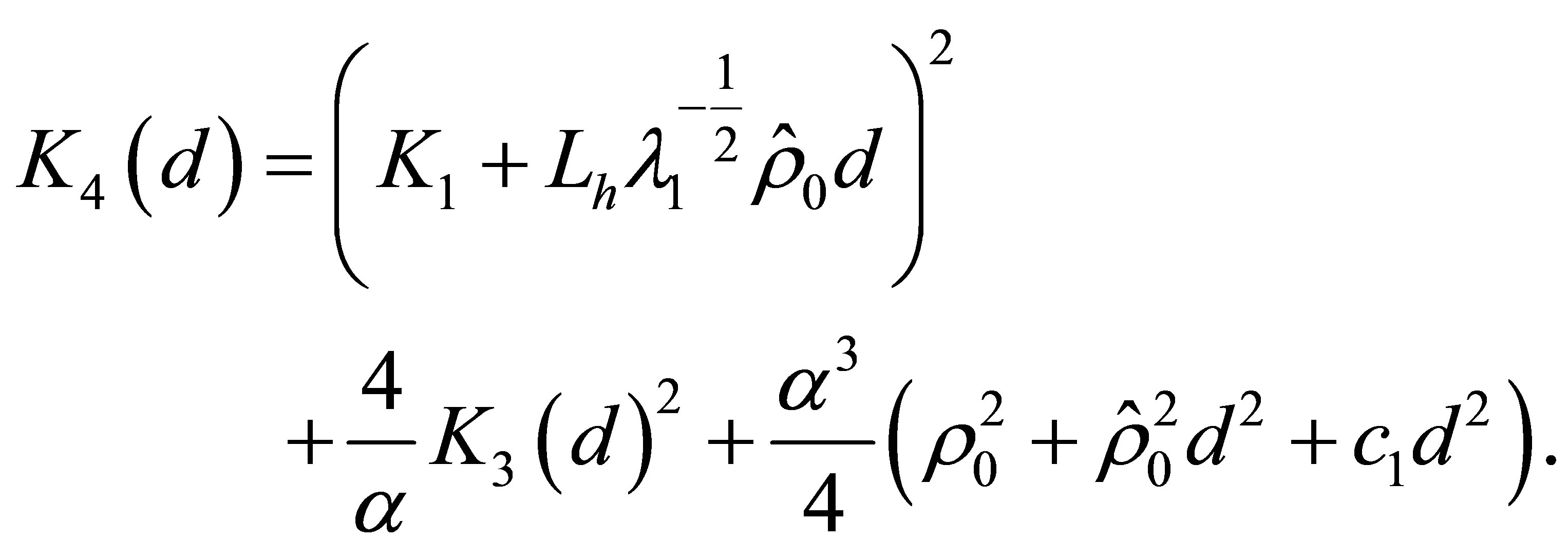
then, in particular,
 .
.
Noticing that , the Gronwall lemma leads us to
, the Gronwall lemma leads us to

On the other hand, if , we deduce that
, we deduce that

and, from (4.8) and (4.10),
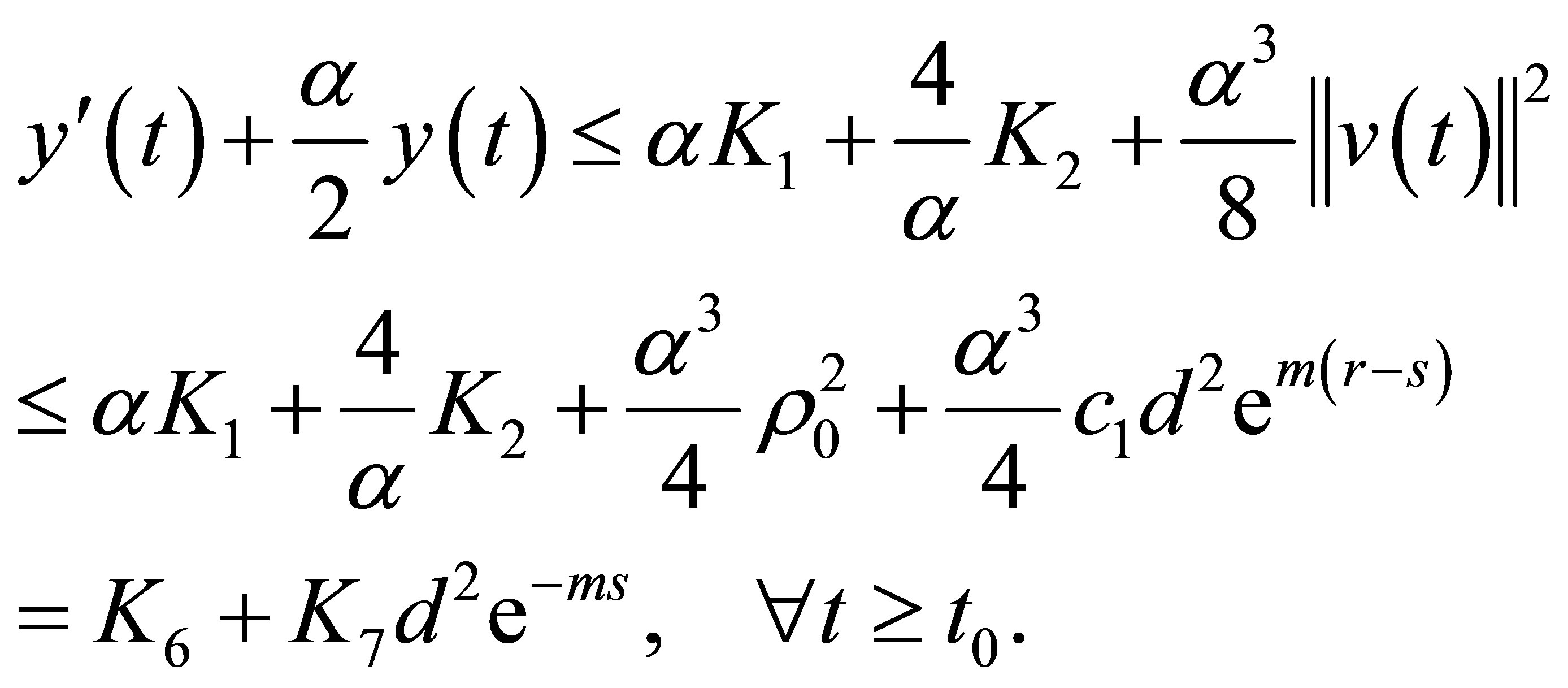
Once again, the Gronwall lemma implies that

Then, there exists 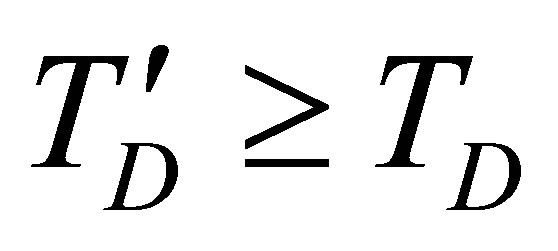 such that, if
such that, if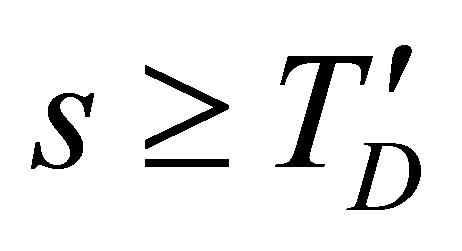 ,
,

Recalling that , if we fix
, if we fix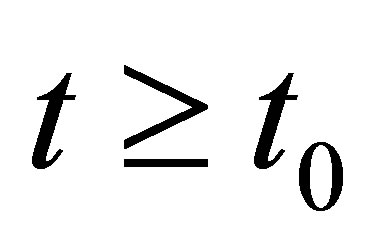 , take
, take 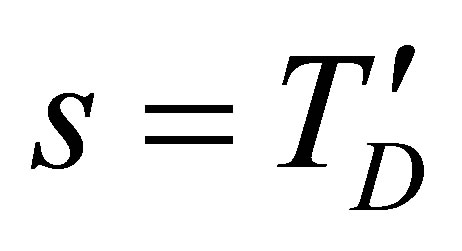 and denote
and denote  we have, provided
we have, provided 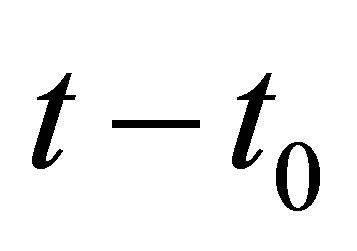 is large enough, that
is large enough, that

In conclusion, there exists 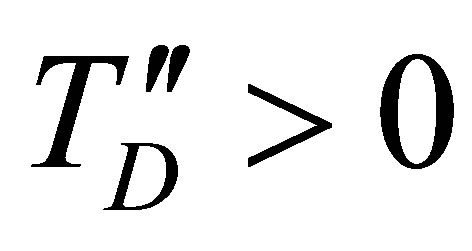 such that for all
such that for all , and all
, and all ,
,

Denoting , we have for all
, we have for all 
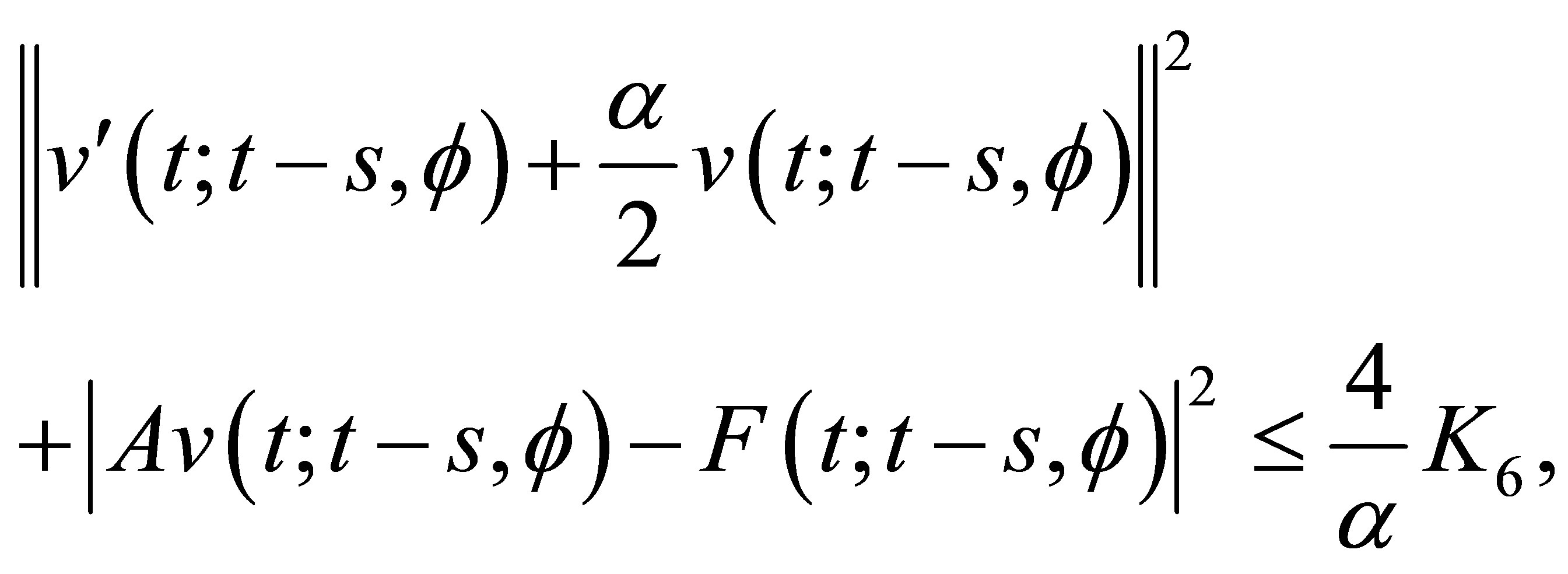
where
 .
.
But as for all  and
and , we get
, we get  and
and , and, consequently, for all
, and, consequently, for all  and
and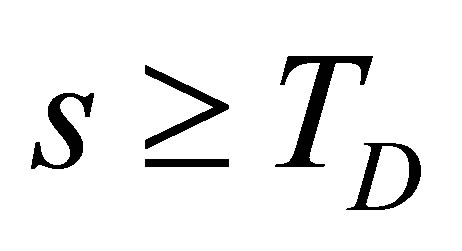 ,
,
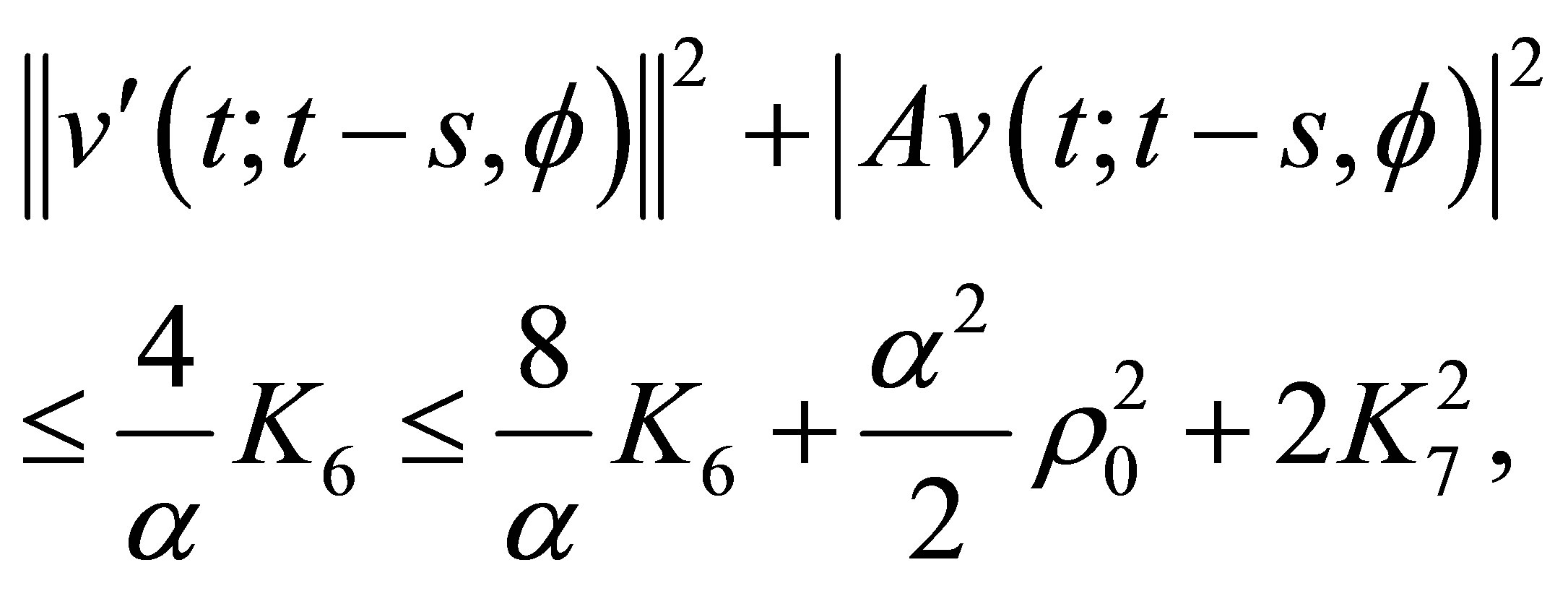
which shows that

for all  and
and . This means that the all
. This means that the all
 is the bounded set in
is the bounded set in 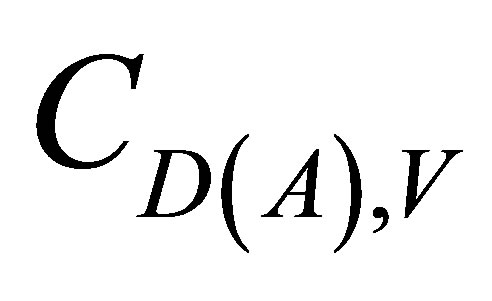
which , in addition, is uniformly absorbing for the family of operators . As
. As 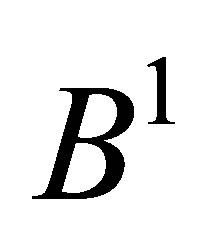 is the bounded set in
is the bounded set in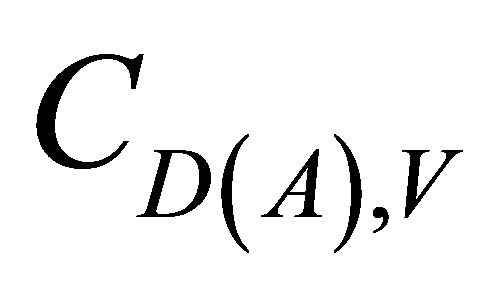 , then there exists
, then there exists 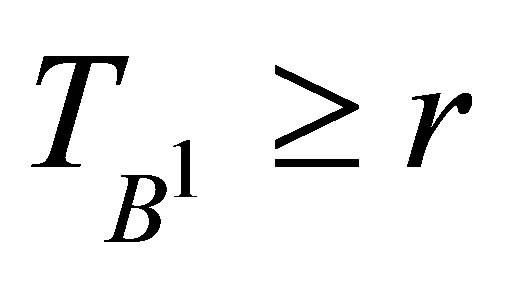 such that
such that

and, therefore, the bounded set 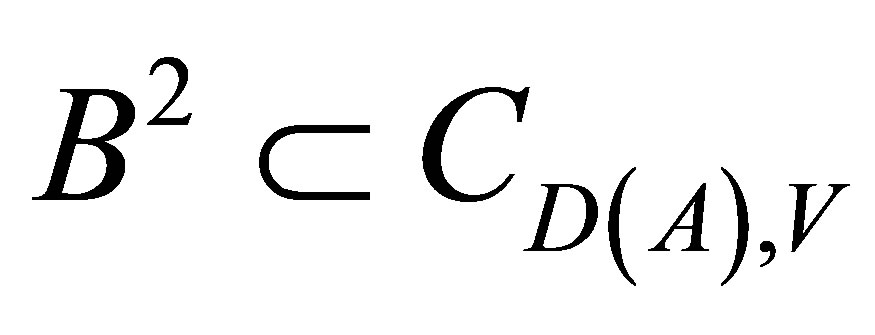 given
given

is uniformly pullback absorbing for 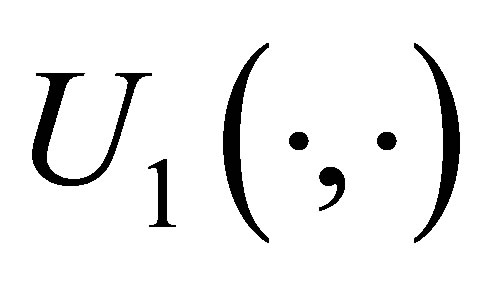 in
in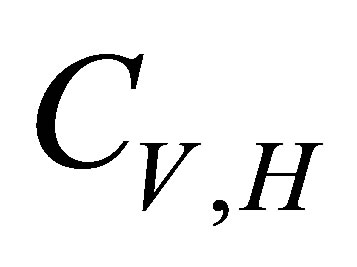 .
.
By Ascoli-Arzelà theorem, we can prove that 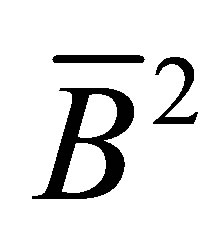 is compact, so
is compact, so  is a family of compact subsets in
is a family of compact subsets in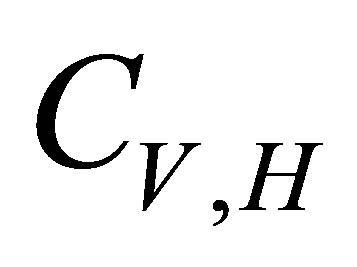 , which is also uniformly pullback attracting for
, which is also uniformly pullback attracting for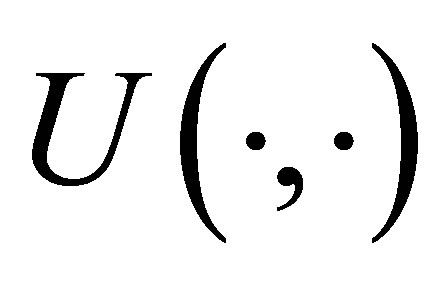 , and the proof has been completed.
, and the proof has been completed.
REFERENCES
- J. C. Robinson, “Infinite Dimensional Dynamical Systems,” Cambridge University Press, London, 2001. http://dx.doi.org/10.1007/978-94-010-0732-0
- R. Temam, “Infinite Dimensional Dynamical Systems in Mechanics and Physics,” Springer-Verlag, New York, 1988. http://dx.doi.org/10.1007/978-1-4684-0313-8
- C. K. Zhong, M. H. Yang and C. Y. Sun, “The Existence of Global Attractors for the Norm-to-Weak Continuous Semigroup,” Journal of Differential Equations, Vol. 223, No. 2, 2006, pp. 367-399.
- Y. Q. Xie and C. k. Zhong, “The Existence of Global Attractor for a Class of Nonlinear Evolution Equation,” Journal of Applied Analysis, Vol. 336, No. 1, 2007, pp. 54-69. http://dx.doi.org/10.1016/j.jmaa.2006.03.086
- T. Caraballo, P. E. Kloeden and J. Real, “Pullback and Forward Attractor for a Damped Wave Equation with Delays,” Stochastics and Dynamics, Vol. 4, No. 3, 2004, pp. 405-423. http://dx.doi.org/10.1142/S0219493704001139
- V. Pata and M. Squassina, “On the Strongly Damped Wave Equation,” Communications in Mathematical Physics, Vol. 253, No. 3, 2005, pp. 511-533. http://dx.doi.org/10.1007/s00220-004-1233-1
- T. Caraballo and J. A. Langa, “On the Upper Semicontinuity of Cocycle Attractors for Non-Autonomous and Random Dynamical Systems,” Dynamics of Continuous Discrete and Impulsive Systems, Vol. 10, 2003, pp. 491- 513.
- T. Caraballo, P. Marin-Rubio and J. Valero, “Autonomous and Non-Autonomous Attractors for Differential Equations with Delays,” Journal of Differential Equations, Vol. 208, No. 1, 2005, pp. 9-41.
- T. Caraballo and J. Real, “Attractors for 2D-NavierStokes Models with Delays,” Journal of Differential Equations, Vol. 205, No. 2, 2004, pp. 270-296. http://dx.doi.org/10.1016/j.jde.2004.04.012
- D. Cheban, P. E. Kloeden and B. Schmalfuss, “The Relationship between Pullback, Forwards and Global Attractors of Nonautonomous Dynamical Systems,” Nonlinear Dynamics and Systems Theory, Vol. 2, 2002, pp. 9-28.
- C. Y. Sun, S. h. Wang and C. K. Zhong, “Global Attractors for a Nonlassical Diffusion Equation,” Acta Mathematica Sinica, English Series, Vol. 26B, No. 3, 2005, pp. 1-8.
- J. Hale, “Asymptotic Behavior of Dissipative Systems,” American Mathematical Society, Providence, 1988.
- M. J. Garrido-Atienza and J. Real, “Existence and Uniqueness of Solutions for Delay Evolution Equations of Second Order in Time,” Journal of Mathematical Analysis and Applications, Vol. 283, No. 2, 2003, pp. 582-609.
- M. H. Yang, J. Q. Duan and P. Kloeden, “Asymptotic Behavior of Solutions for Random Wave Equations with Nonliear Damping and White Noise,” Nonlinear Analysis: Real World Applications, Vol. 12, No. 1, 2011, pp. 464- 478. http://dx.doi.org/10.1016/j.nonrwa.2010.06.032
- T. Caraballo, G. Lukaszewicz and J. Real, “Pullback Attractors for Non-Autonomous 2D-Navier-Stokes Equations in Some Unbounded Domains,” Comptes Rendus de l’Académie des Sciences, Vol. 342, No. 4, 2006, pp. 263- 268.
- Y. J. Wang, C. K. Zhong and S. F. Zhou, “Pullback Attractors for Non-Autonomous Dynamical Systems,” Discrete and Continuous Dynamical Systems, Vol. 16, 2006, pp. 587-614.
- Z. J. Yang, “Global Attractor for a Nonlinear Wave Equation Arising in Elastic Waveguide Model,” Nonlinear Analysis: Theory, Methods & Applications, Vol. 70, No. 5, 2009, pp. 2132-2142. http://dx.doi.org/10.1016/j.na.2008.02.114
- Z. J. Yan and X. Li, “Finite-Dimensional Attractors for the Kirchhoff Equation with a Strong Dissipation,” Journal of Mathematical Analysis and Applications, Vol. 375, No. 2, 2011, pp. 579-593. http://dx.doi.org/10.1016/j.jmaa.2010.09.051
- Y. Q. Xie and C. K. Zhong, “Asymptotic Behavior of a Class of Nonlinear Evolution Equations,” Nonlinear Analysis: Theory, Methods & Applications, Vol. 71, No. 11, 2009, pp. 5095-5105. http://dx.doi.org/10.1016/j.na.2009.03.086
- S. B. Wang and G. W. Chen, “Cauchy Problem of the Generalized Double Dispersion Equation,” Nonlinear Analysis: Theory, Methods & Applications, Vol. 64, No. 1, 2006, pp. 159-173. http://dx.doi.org/10.1016/j.na.2005.06.017
NOTES
*This work is supported by the National Natural Sciences Foundation of People’s Republic of China under Grant 11161057 and the planning project in 2013 of Kaili University under Grant Z1329.
#Corresponding author.

